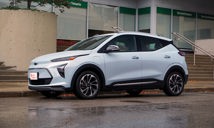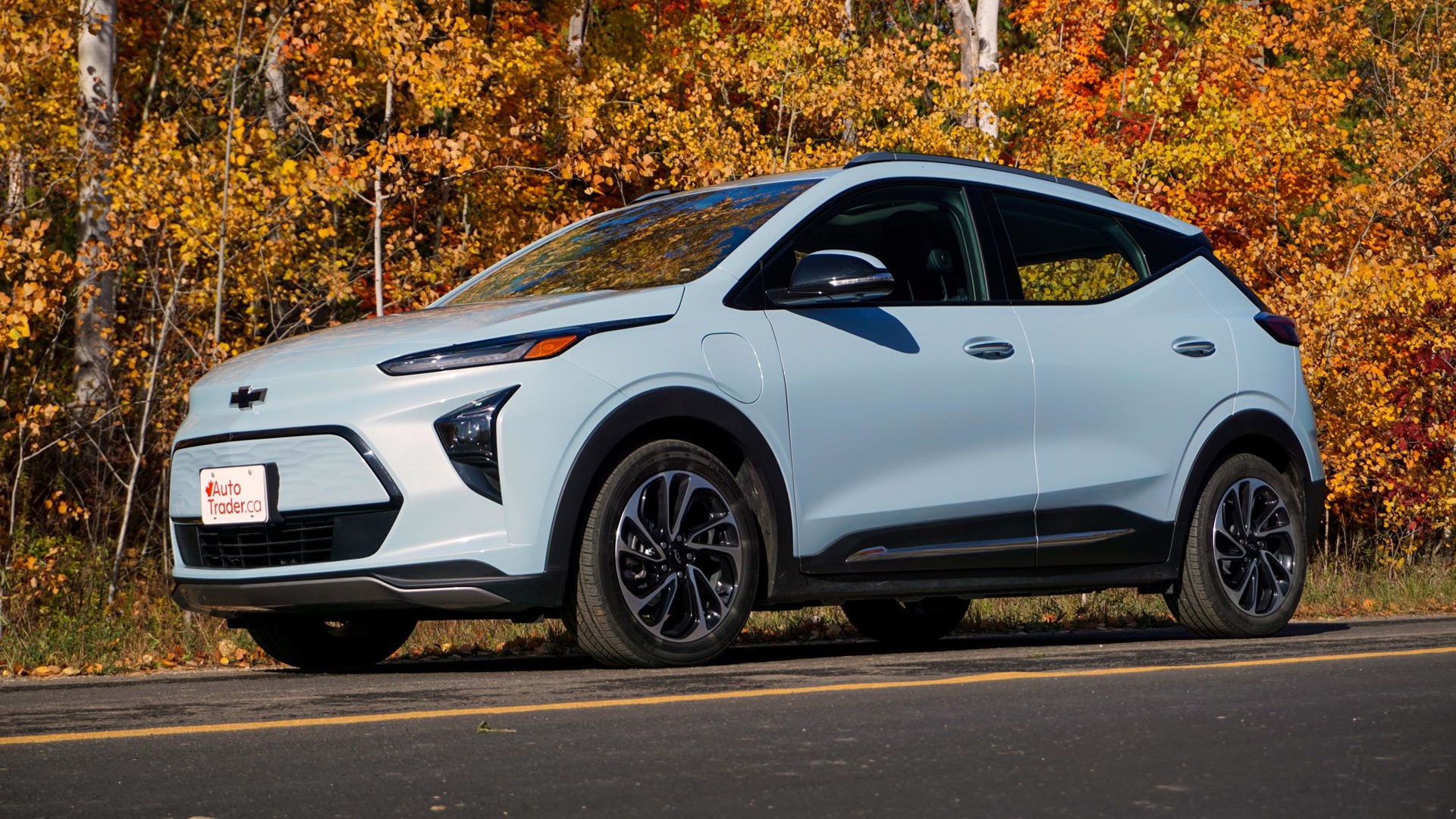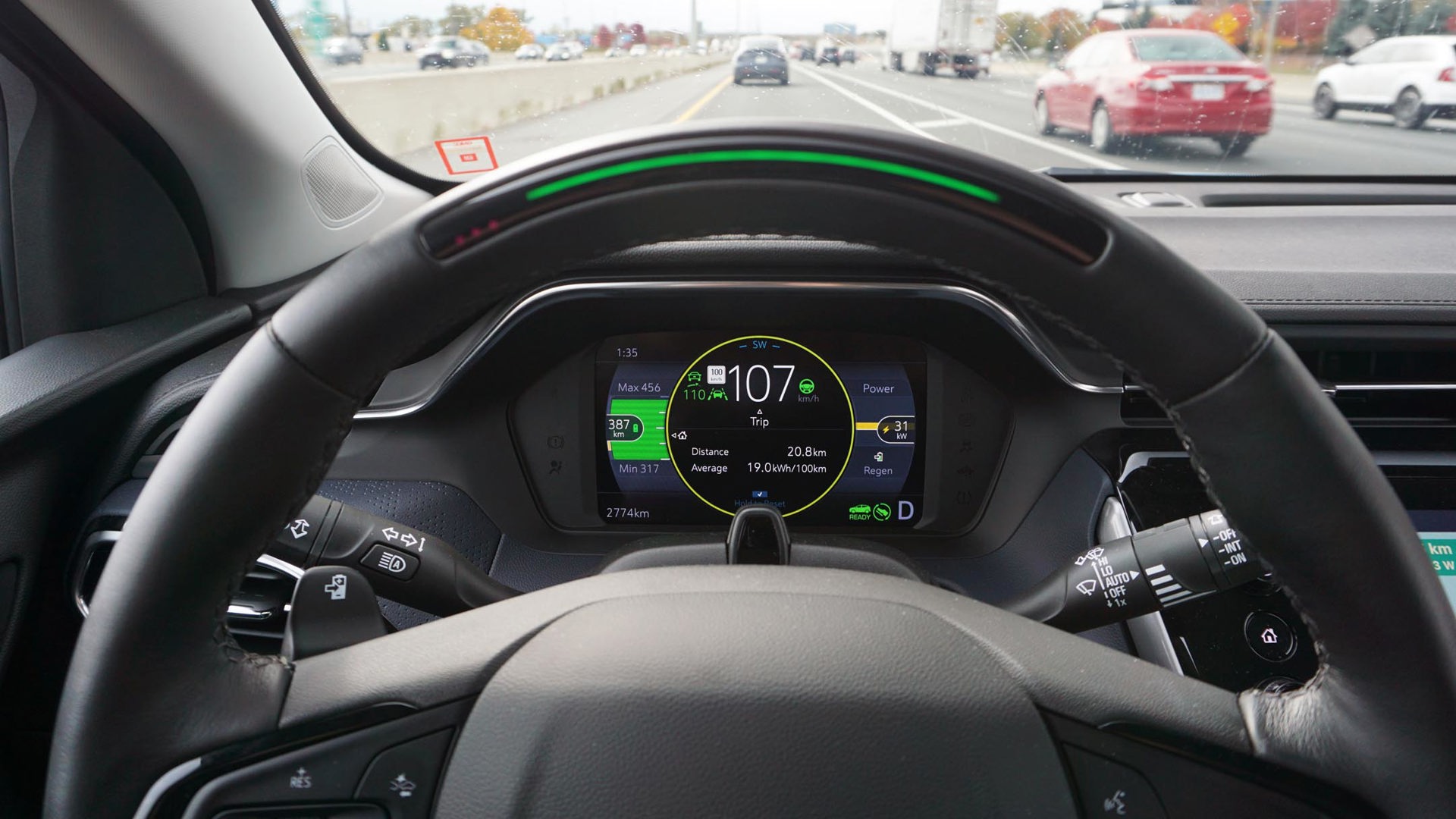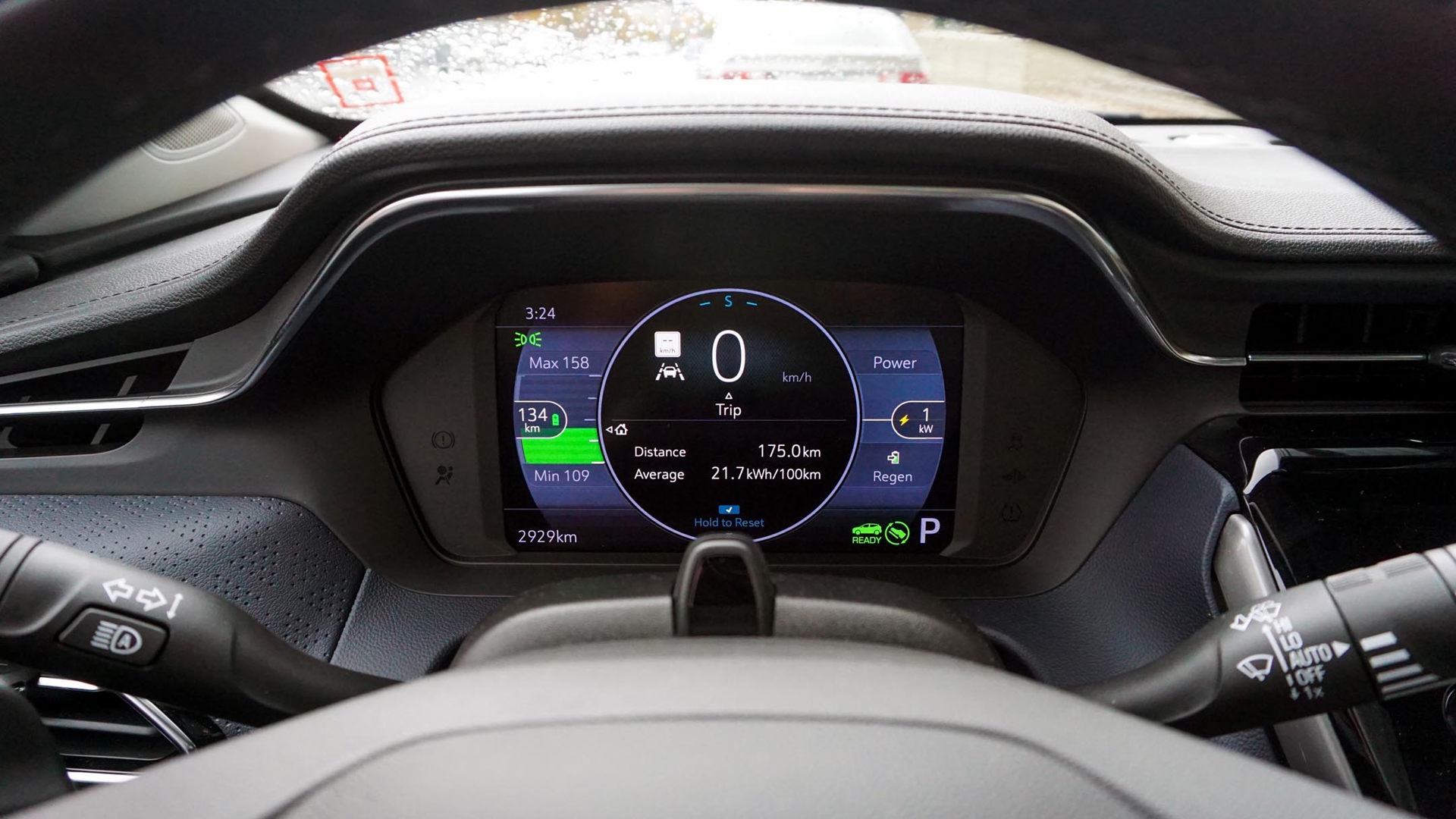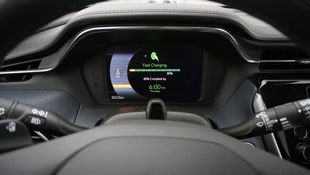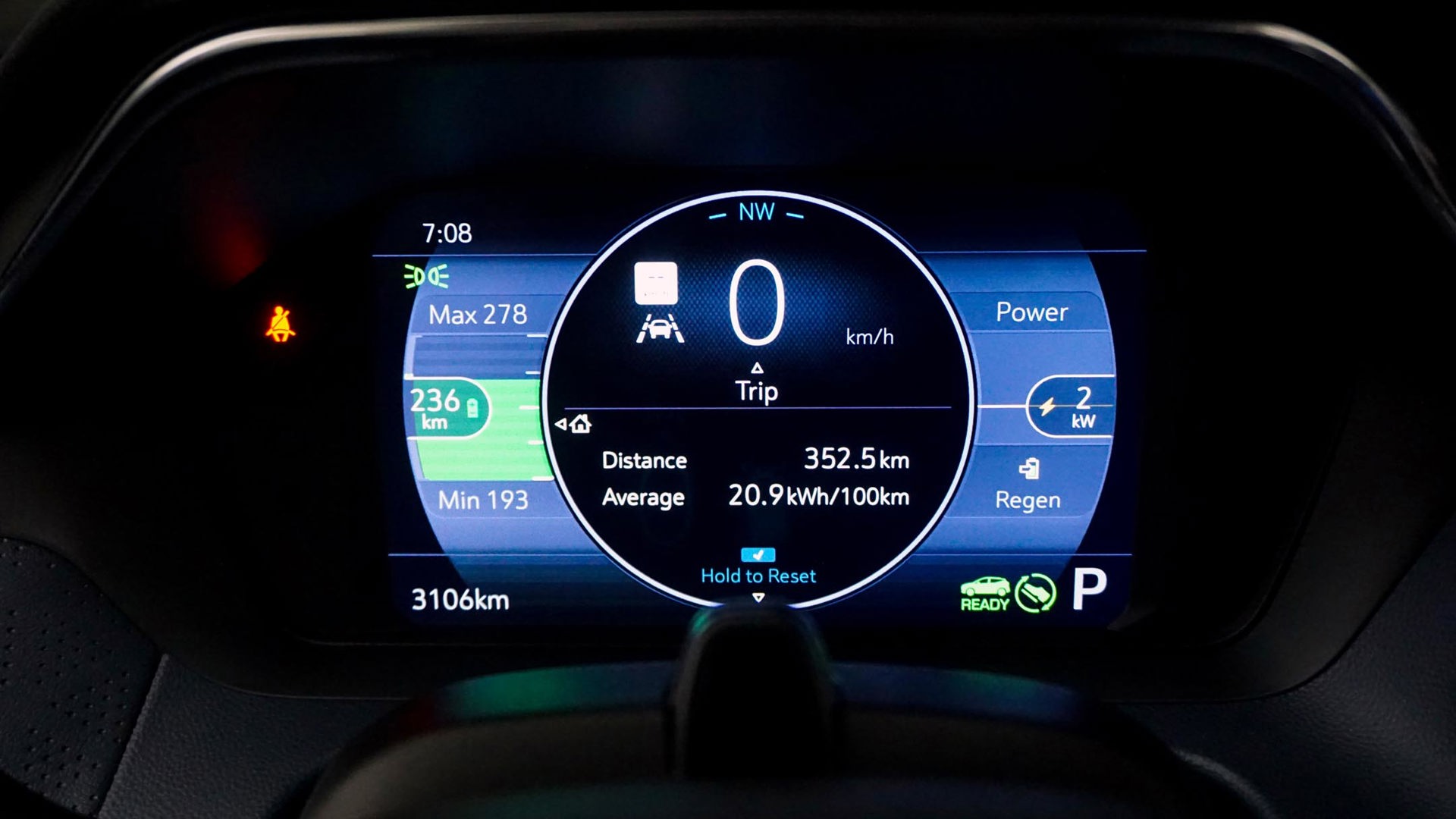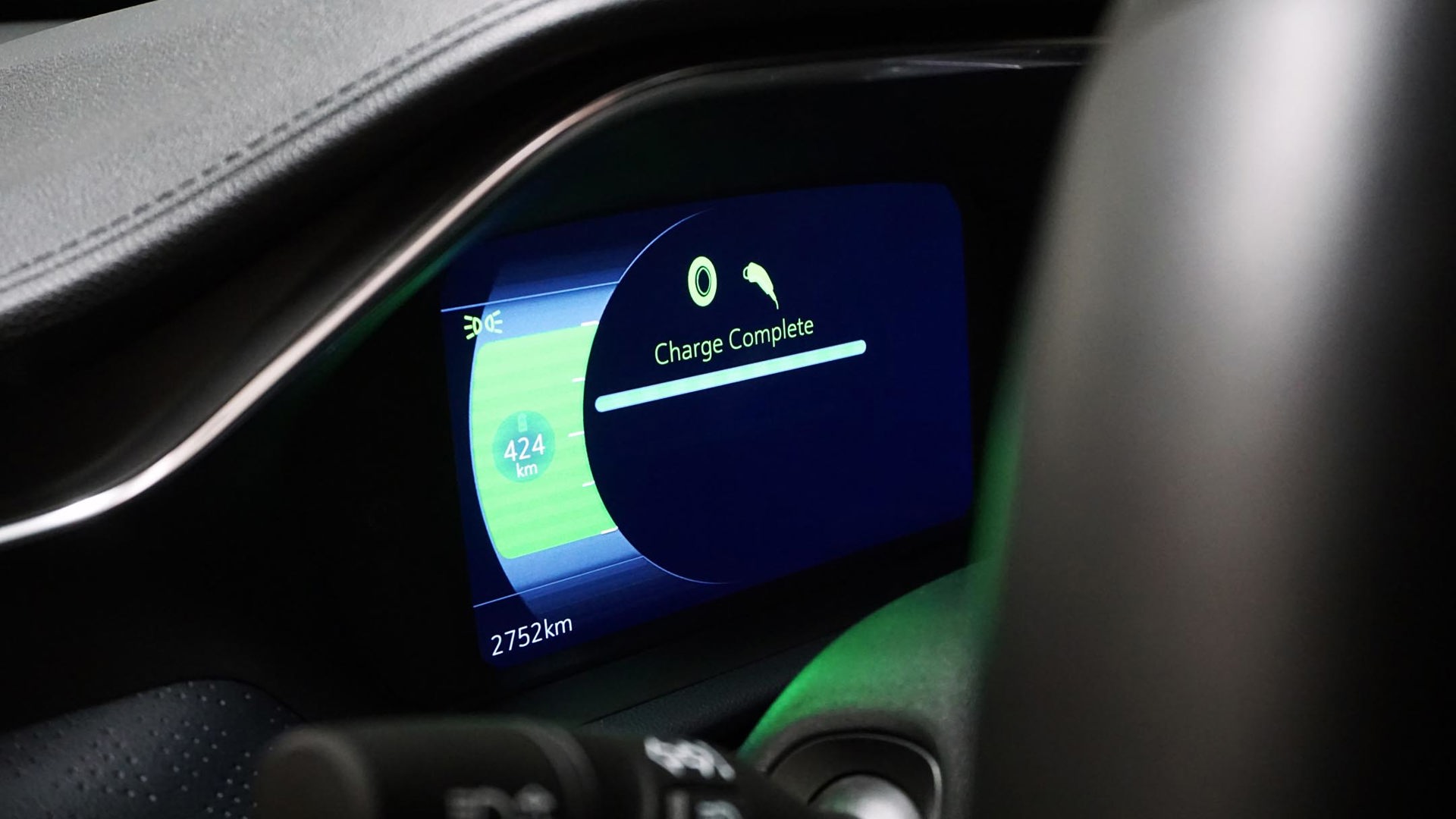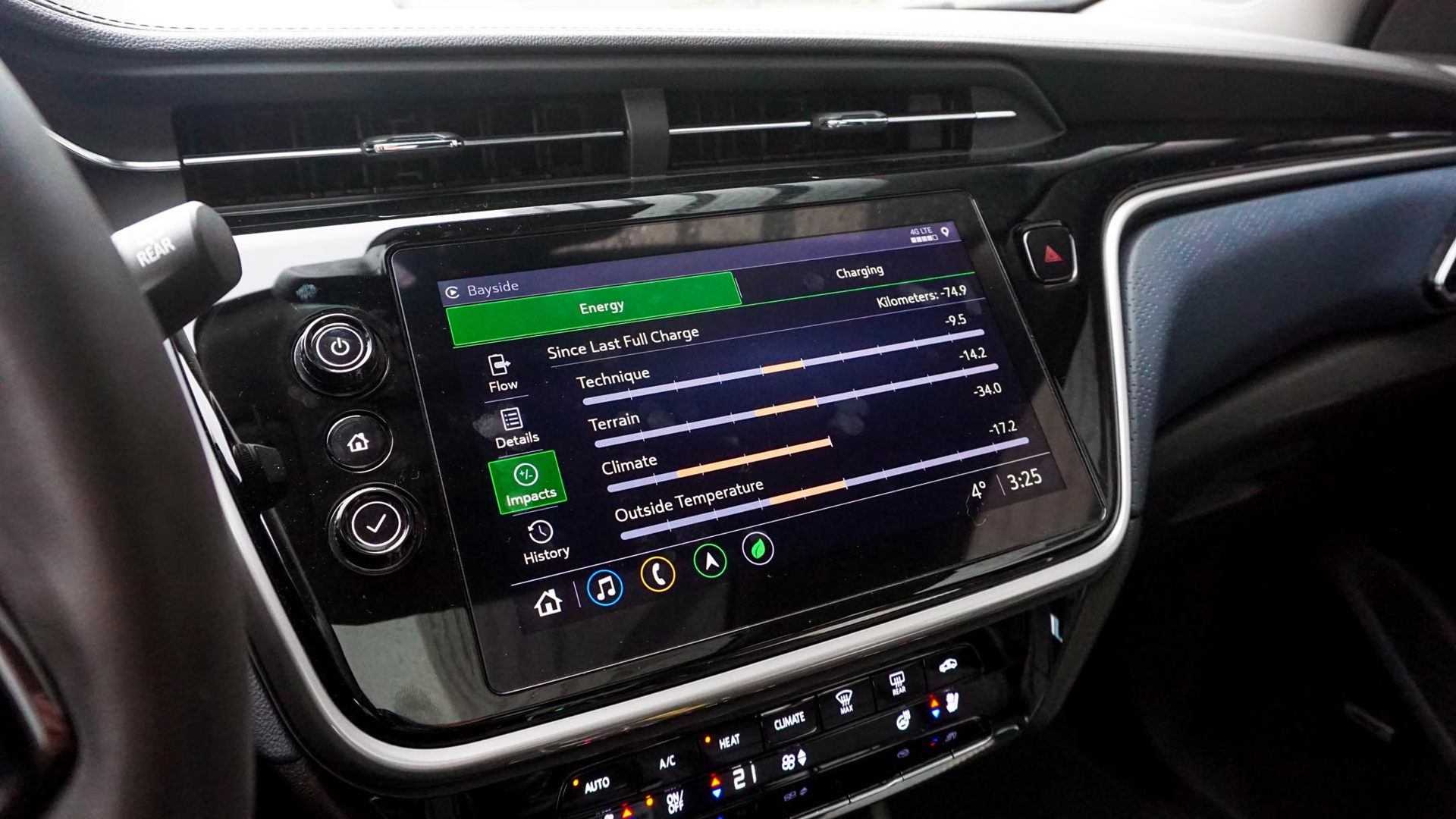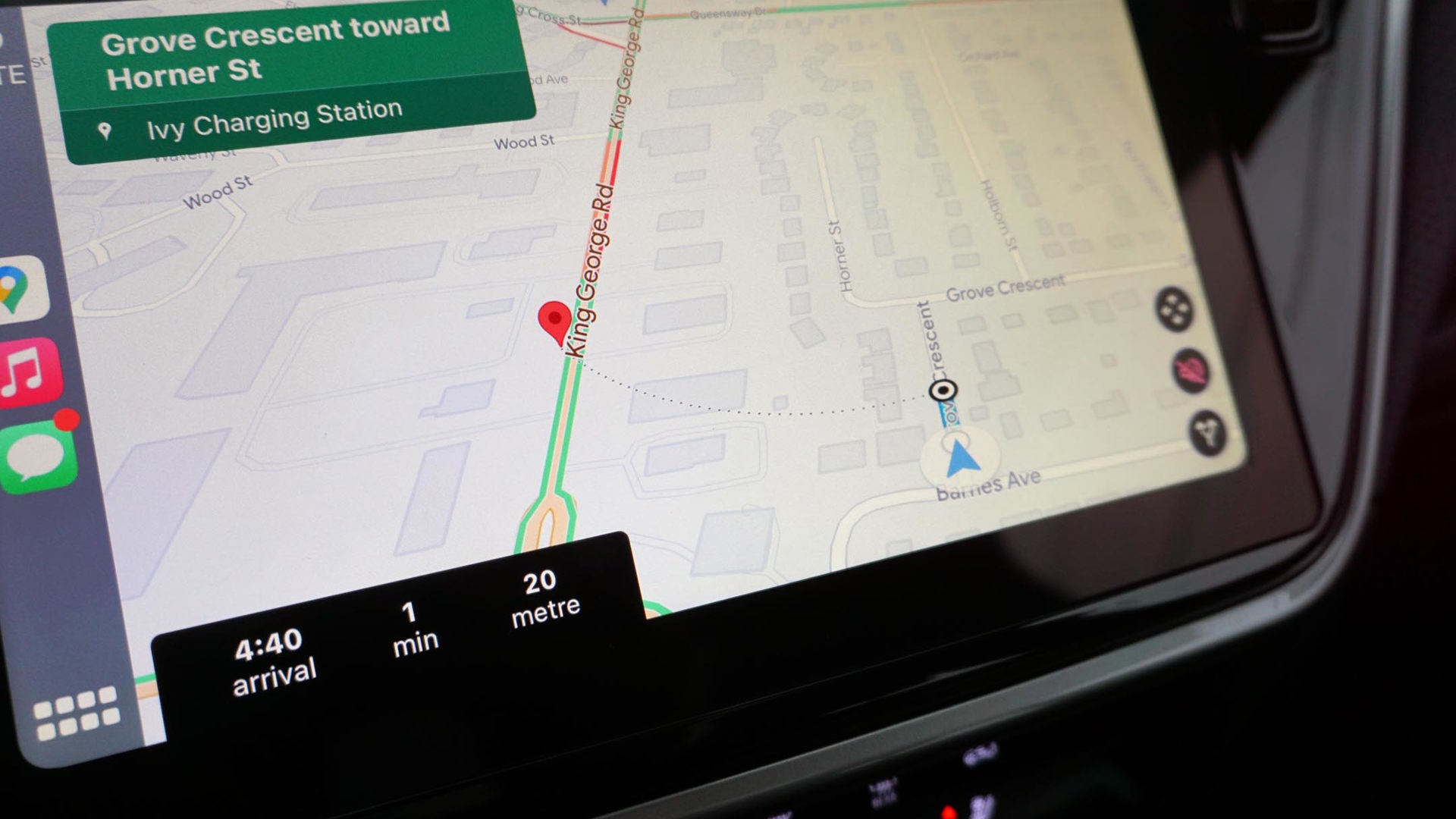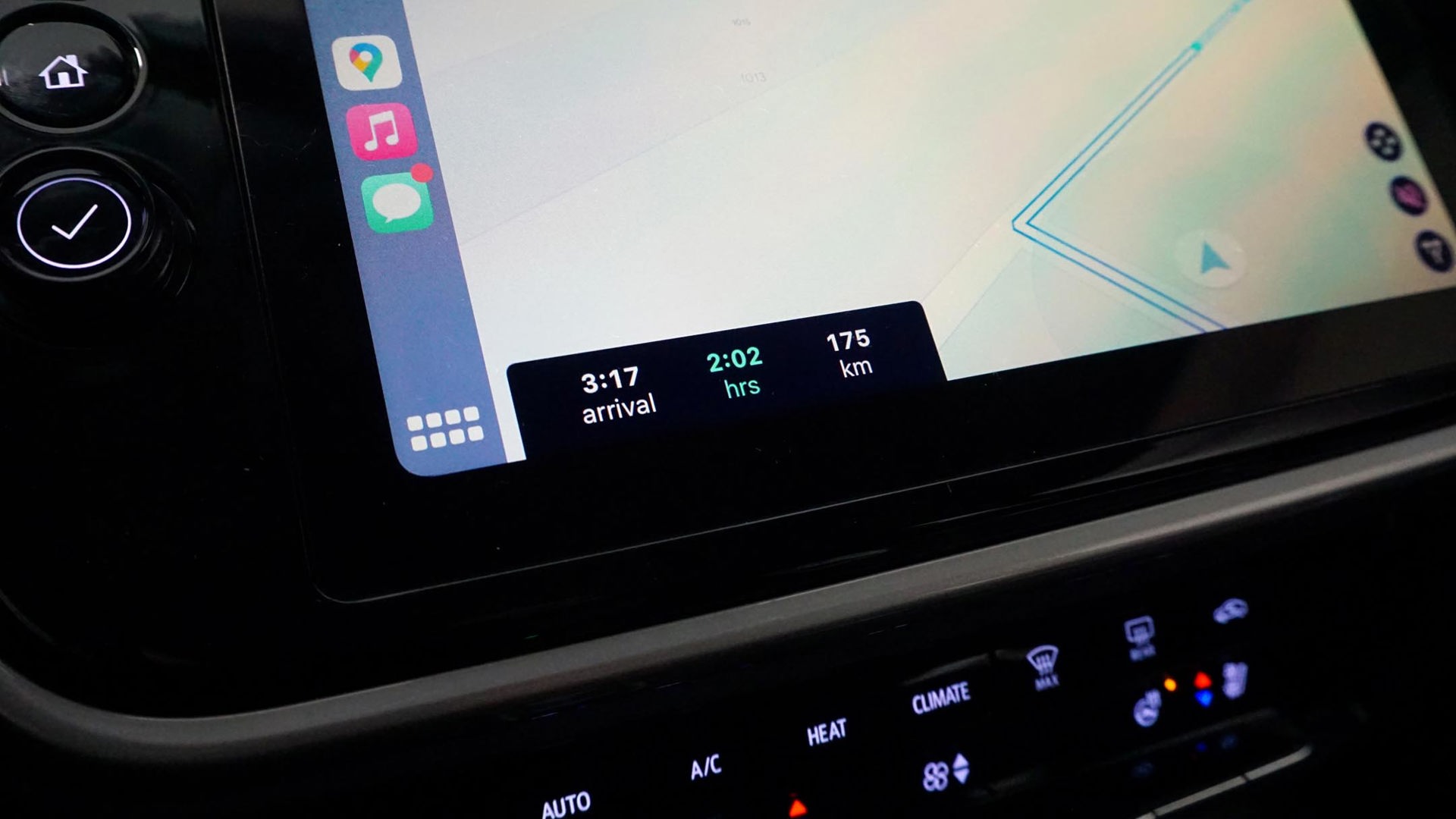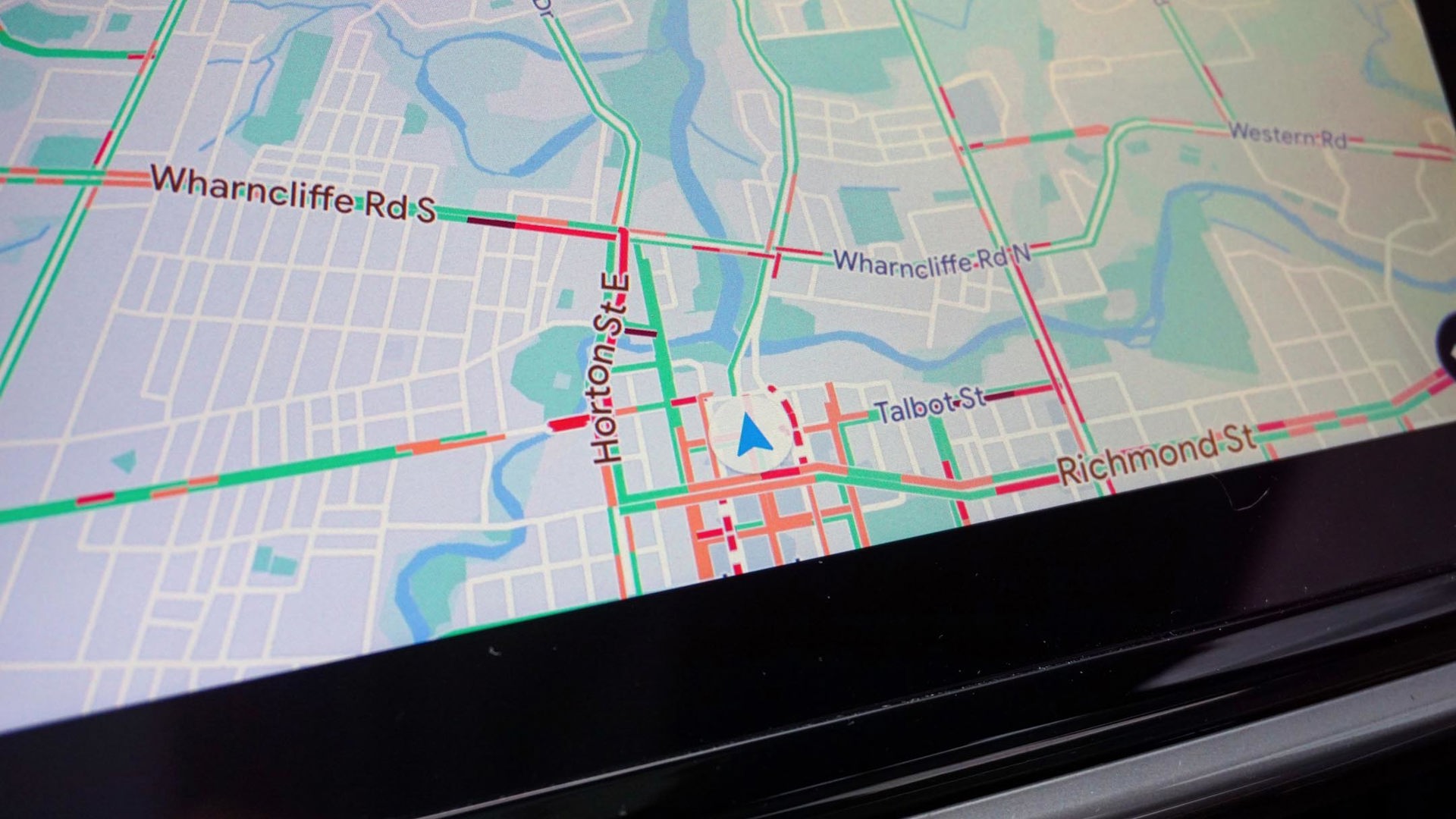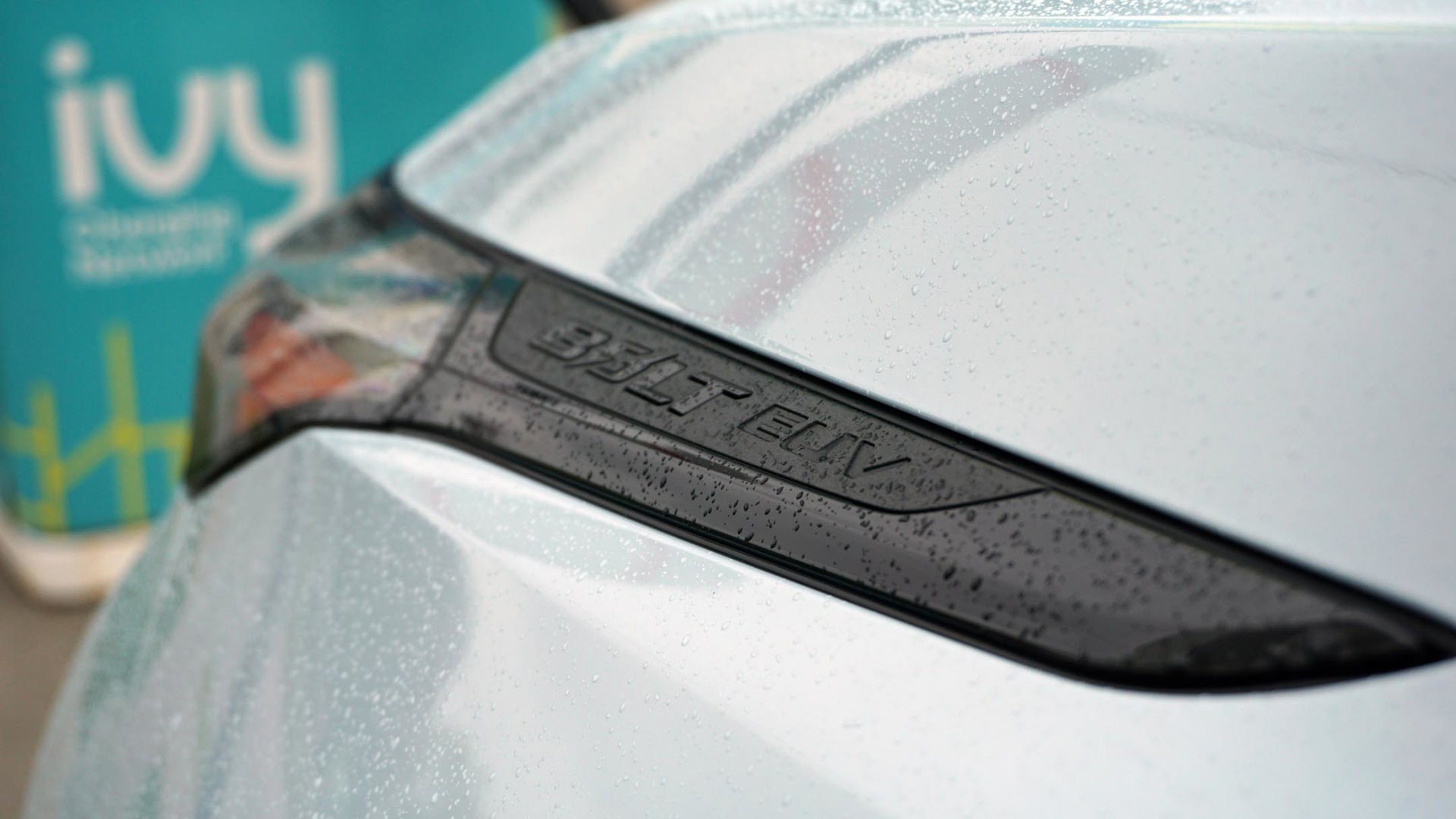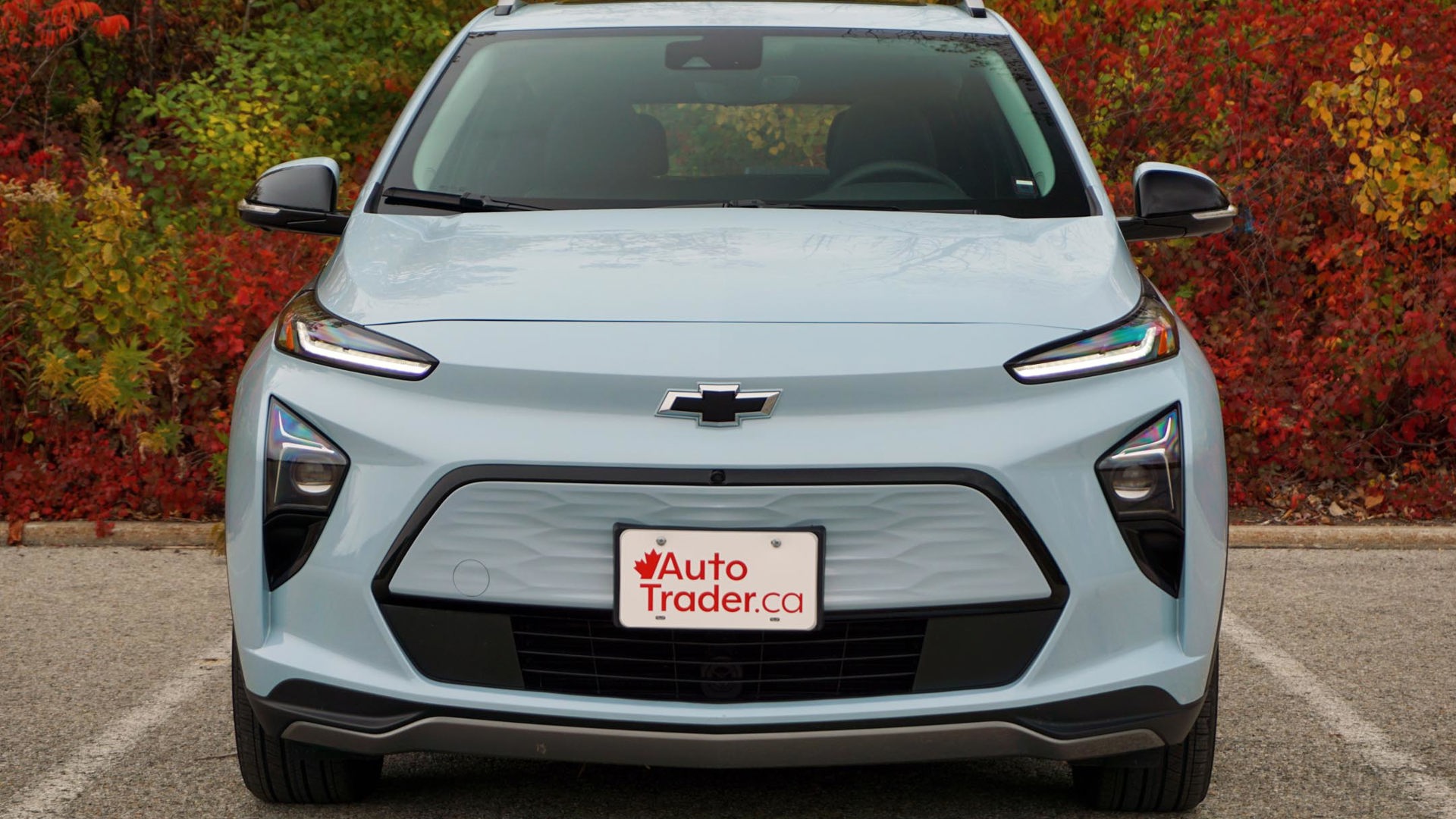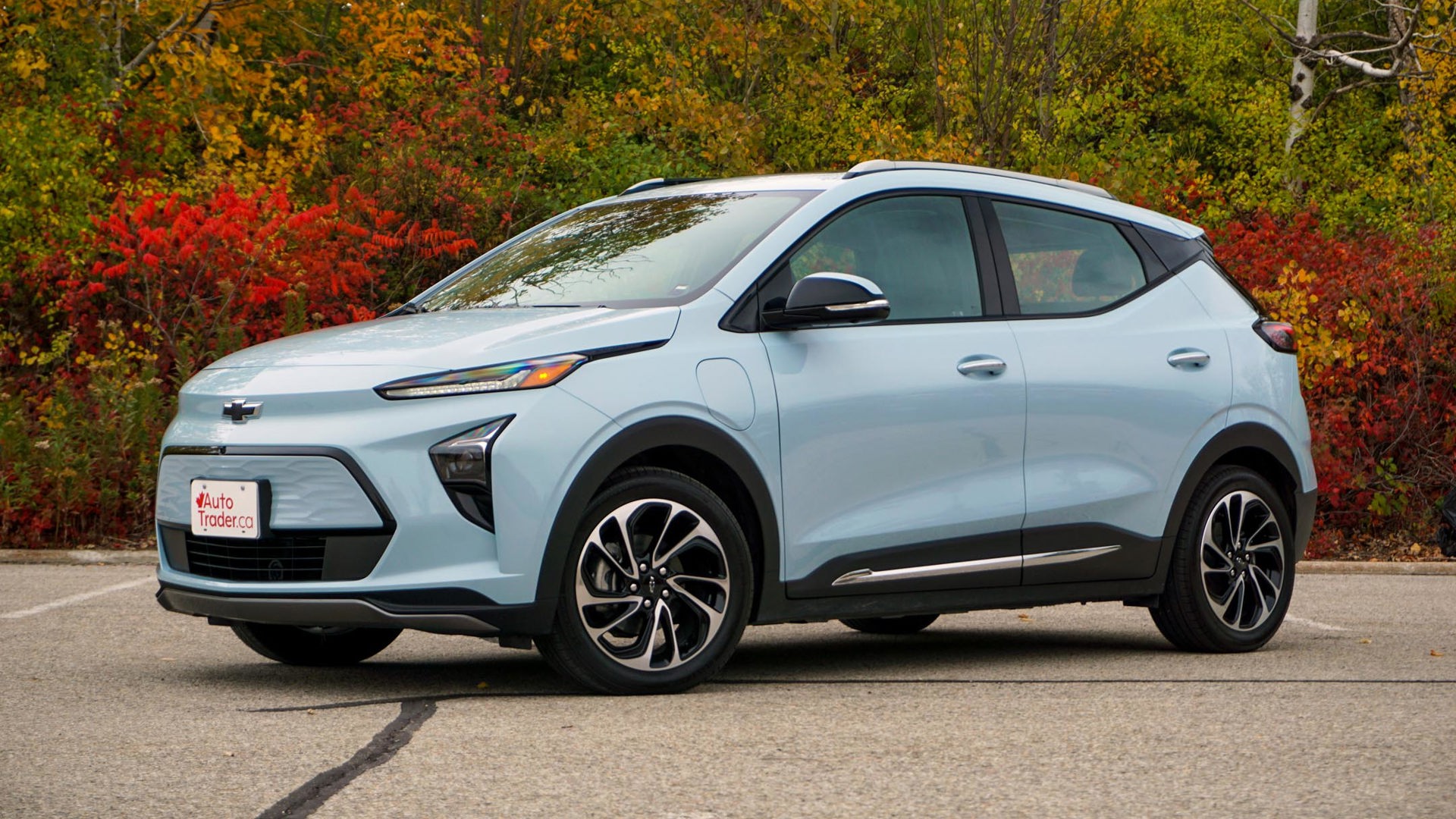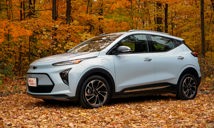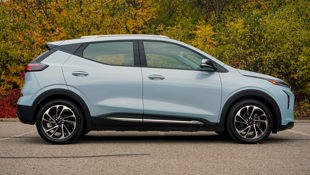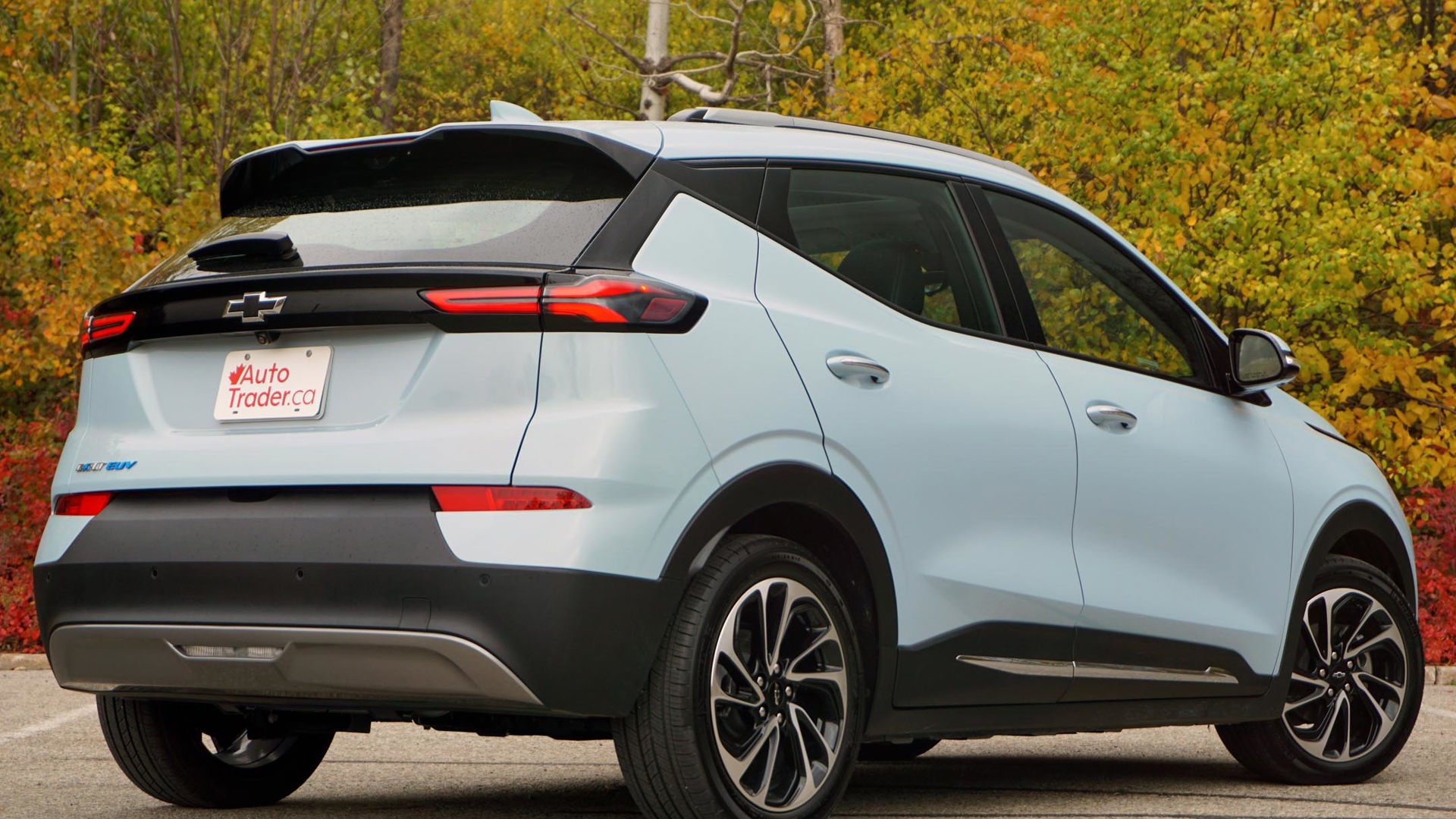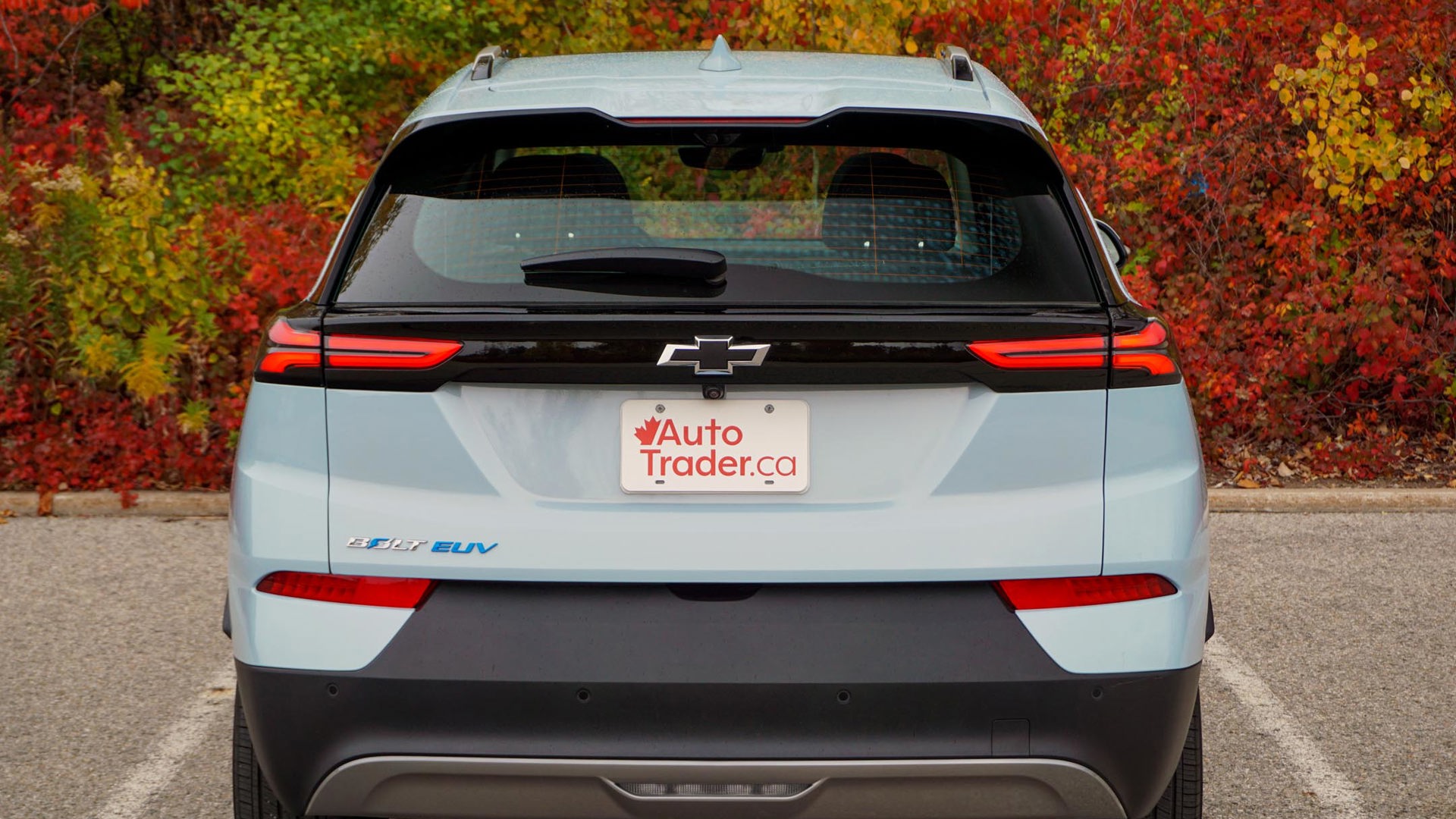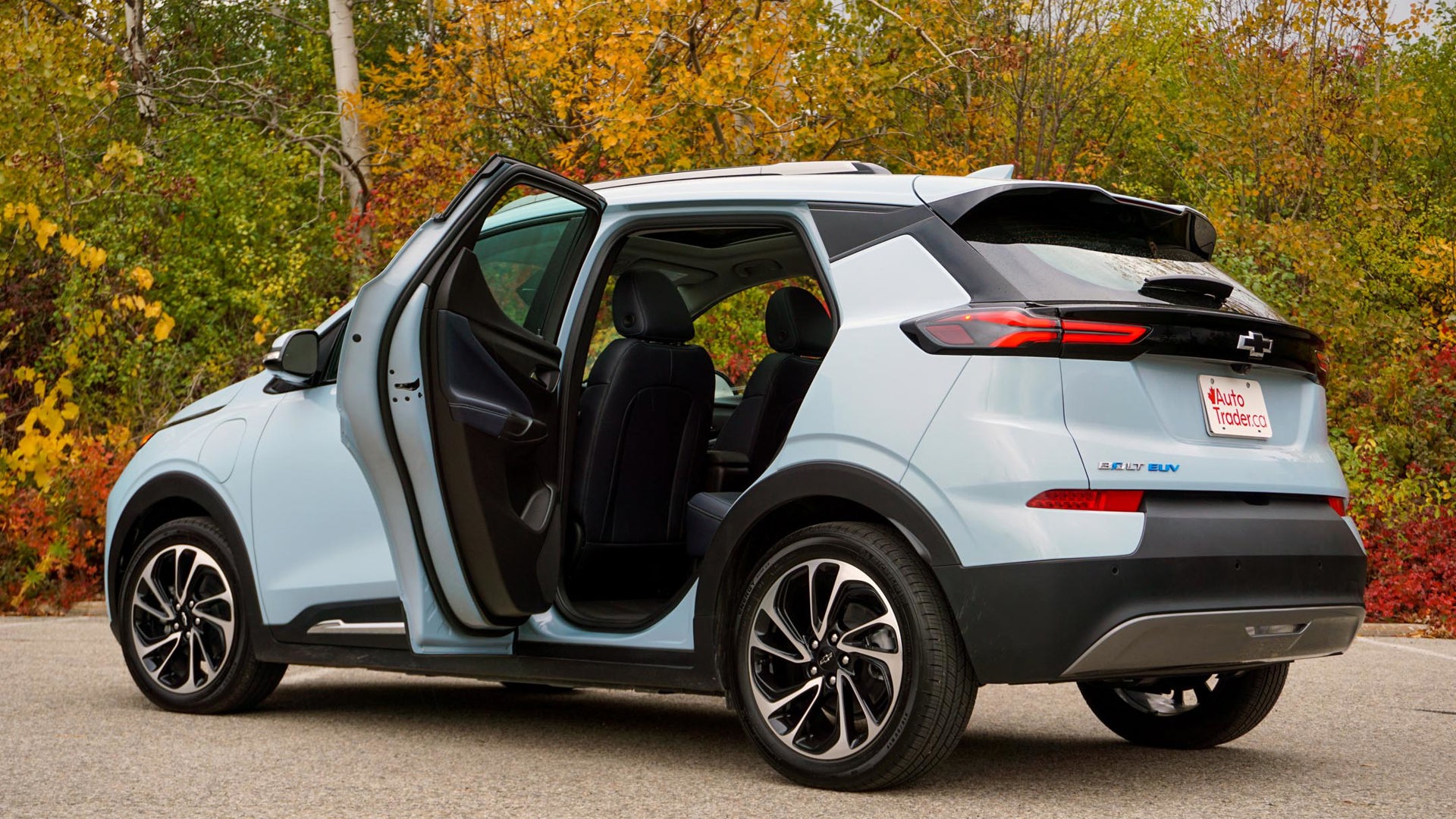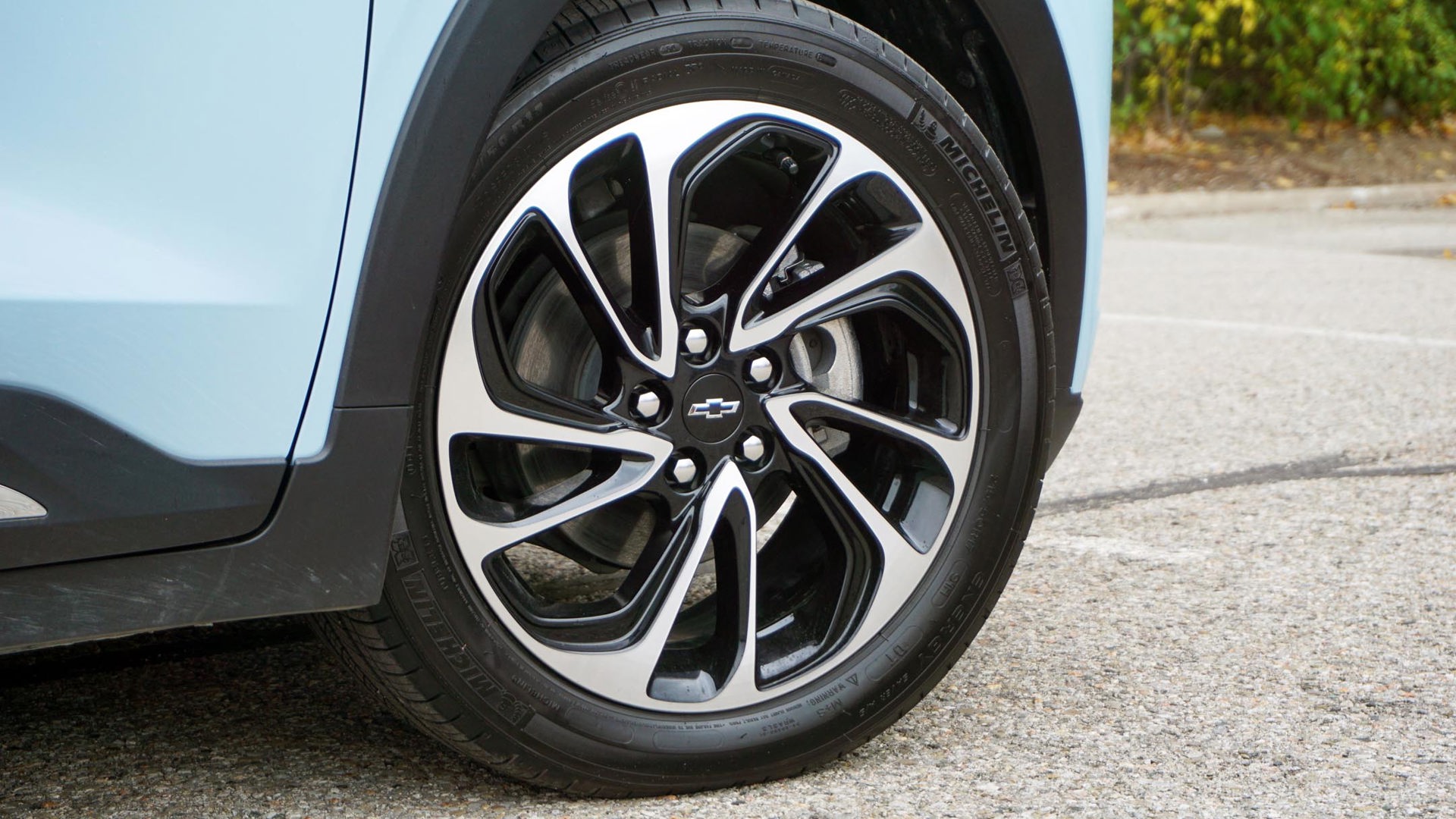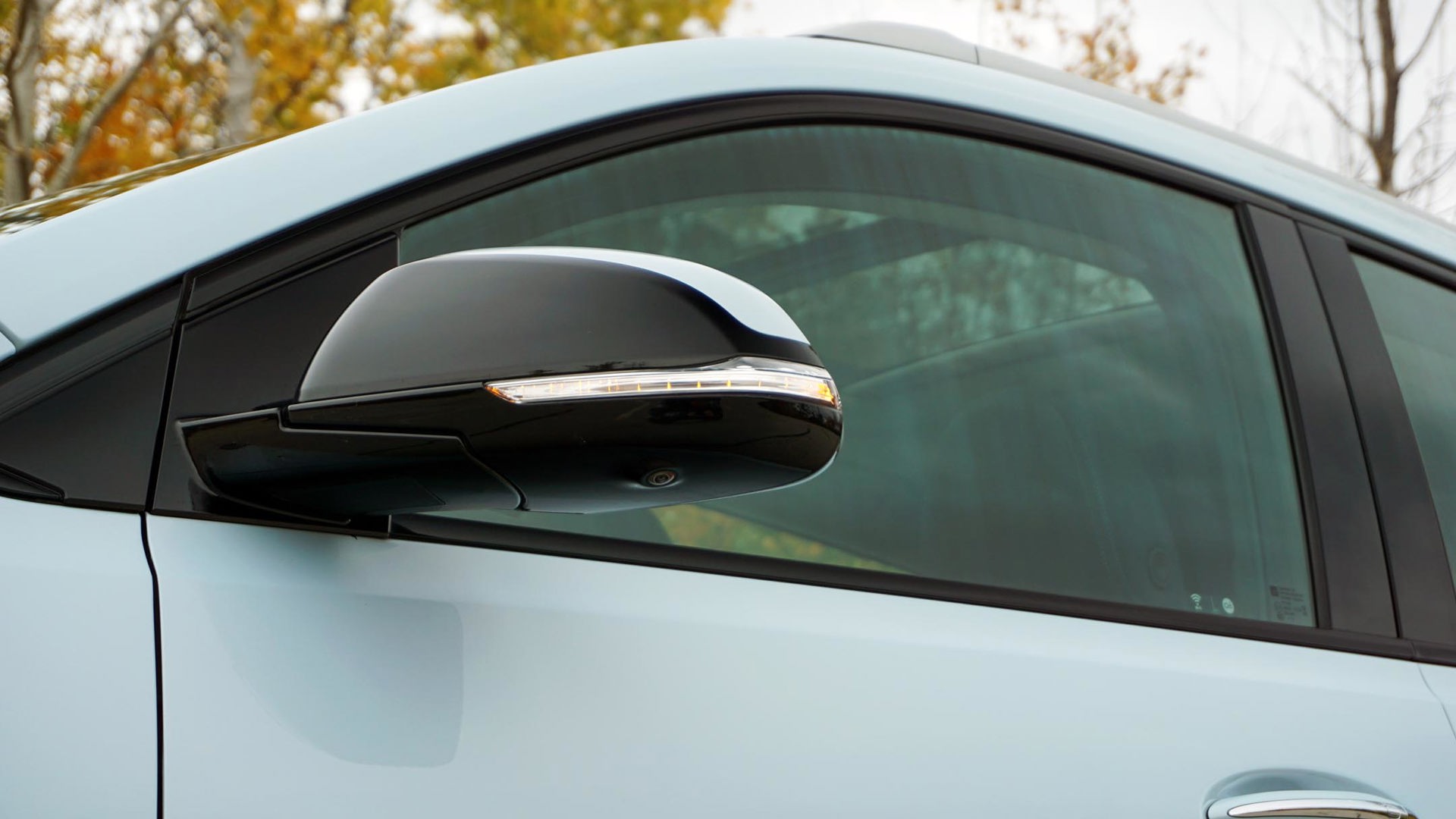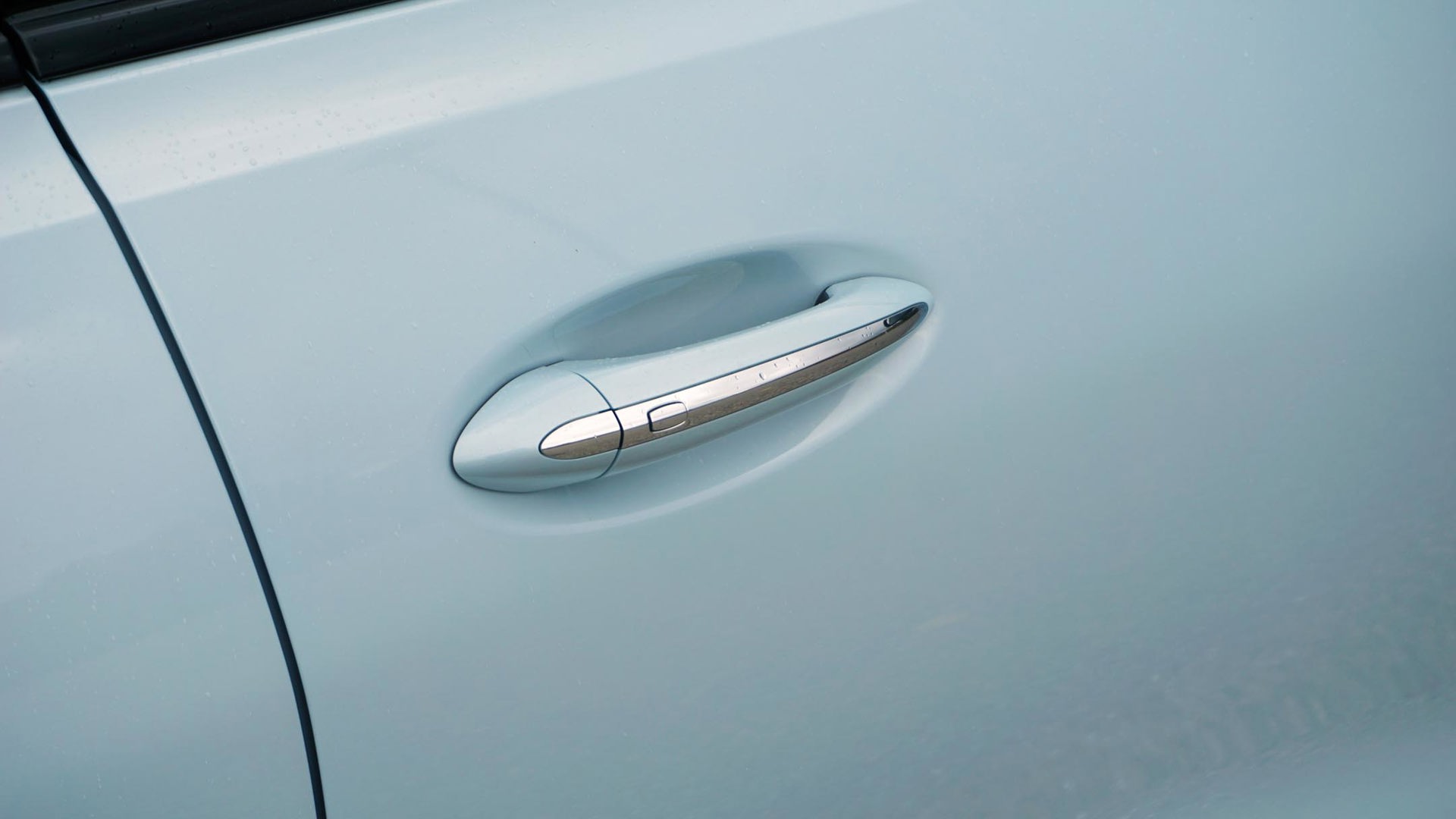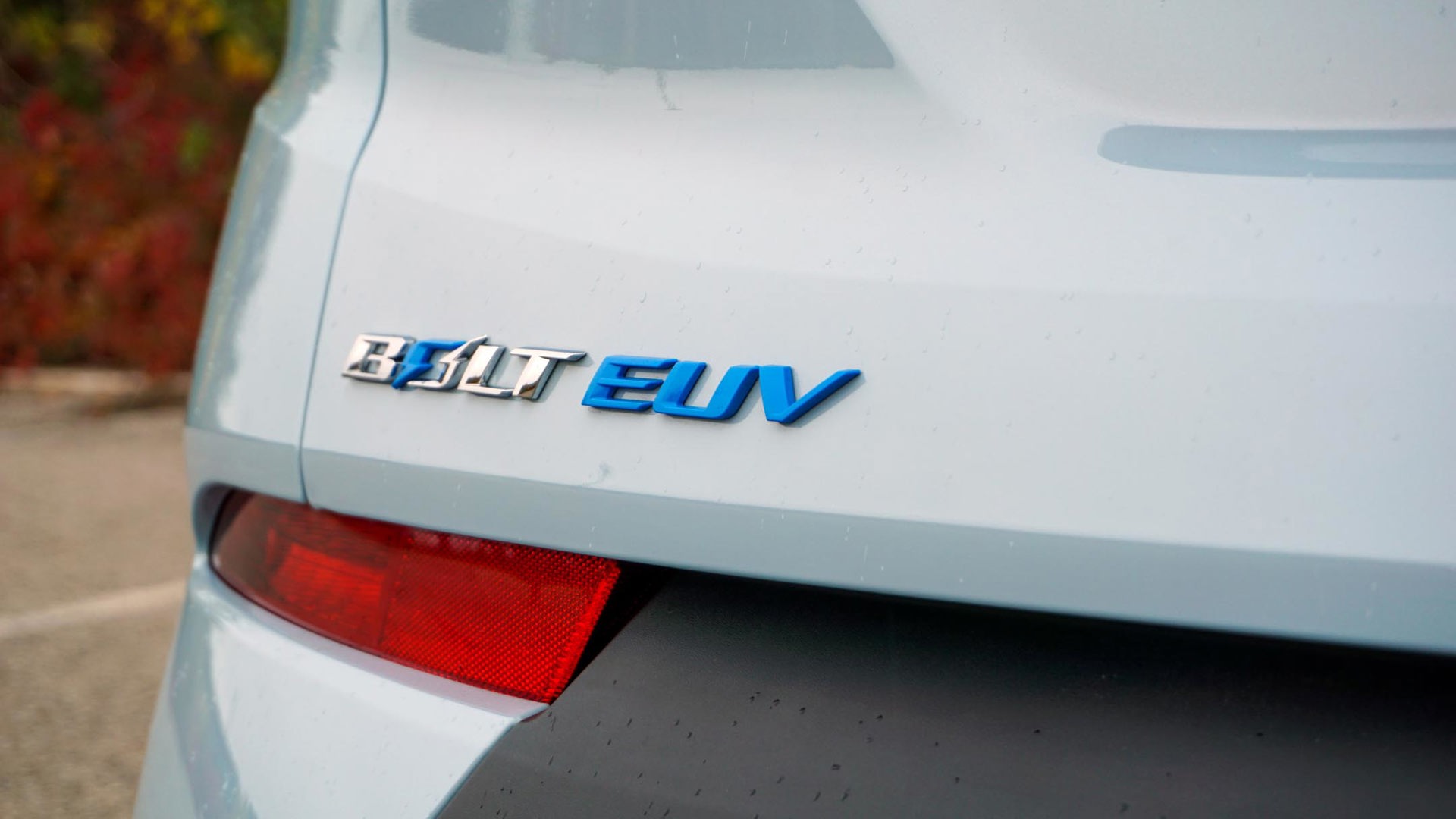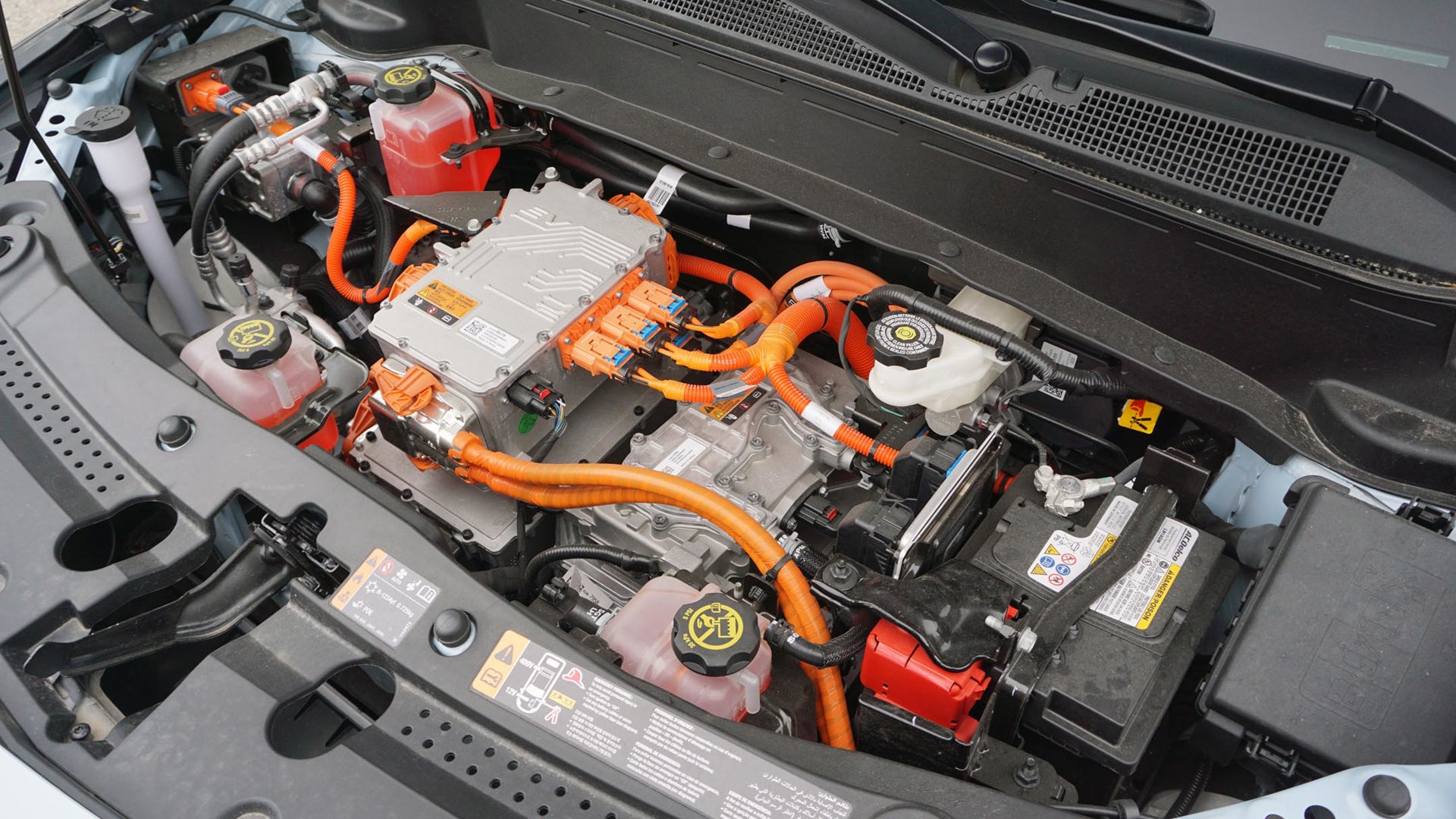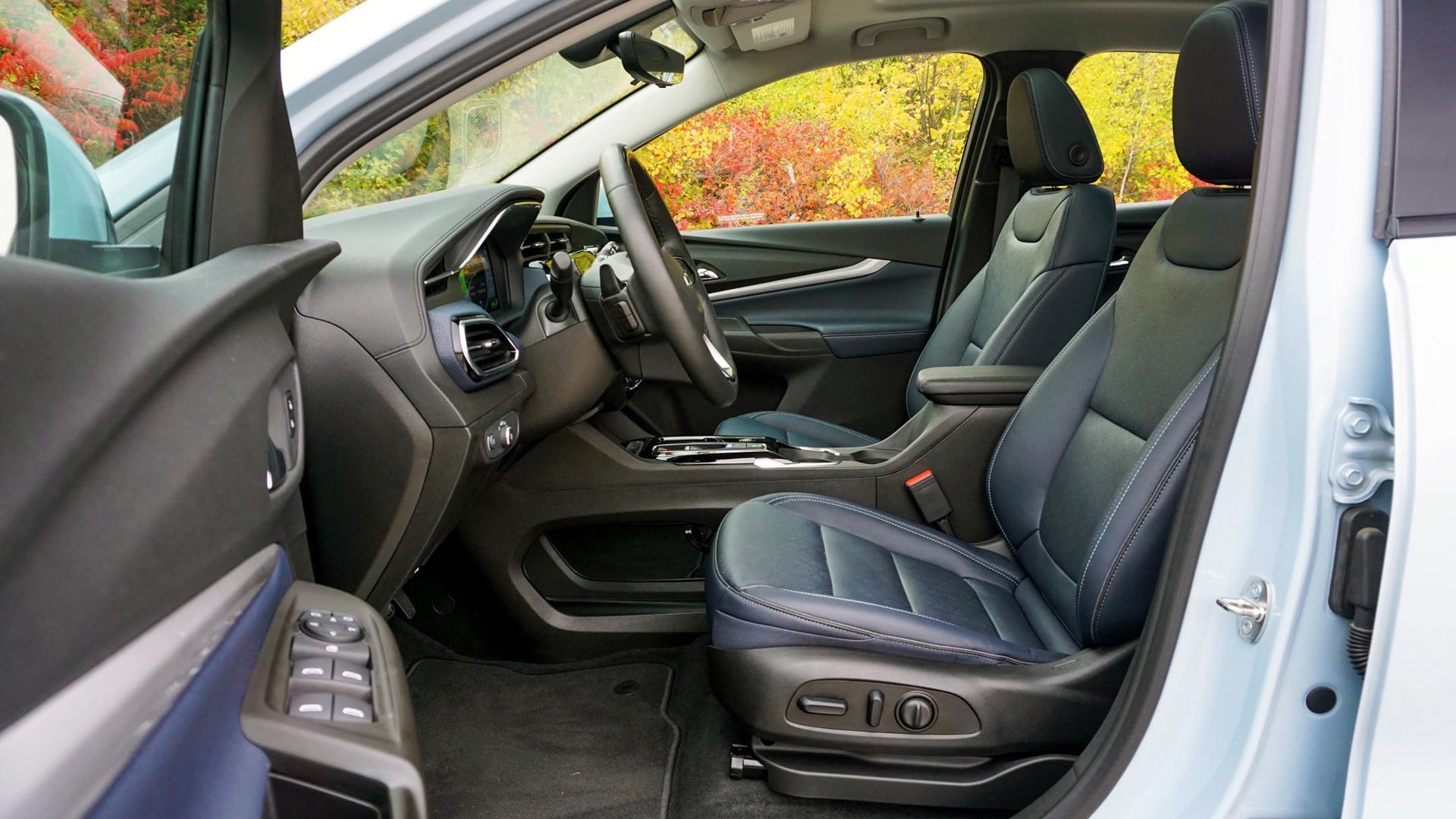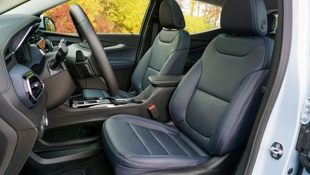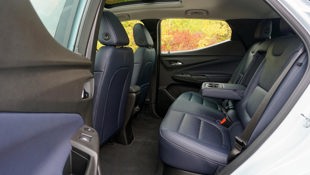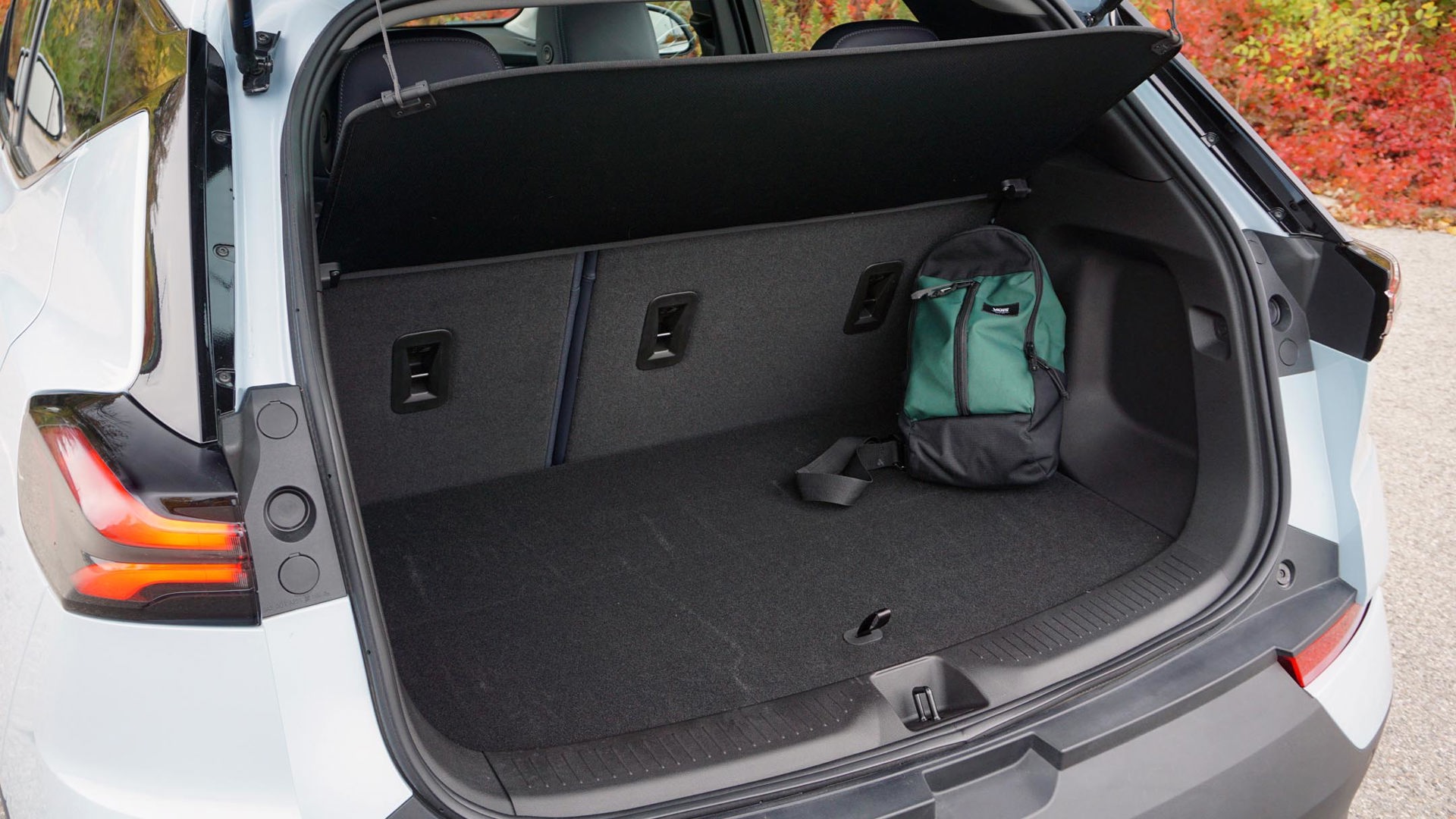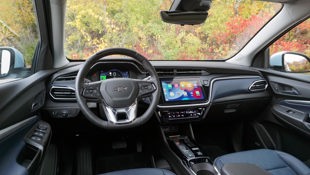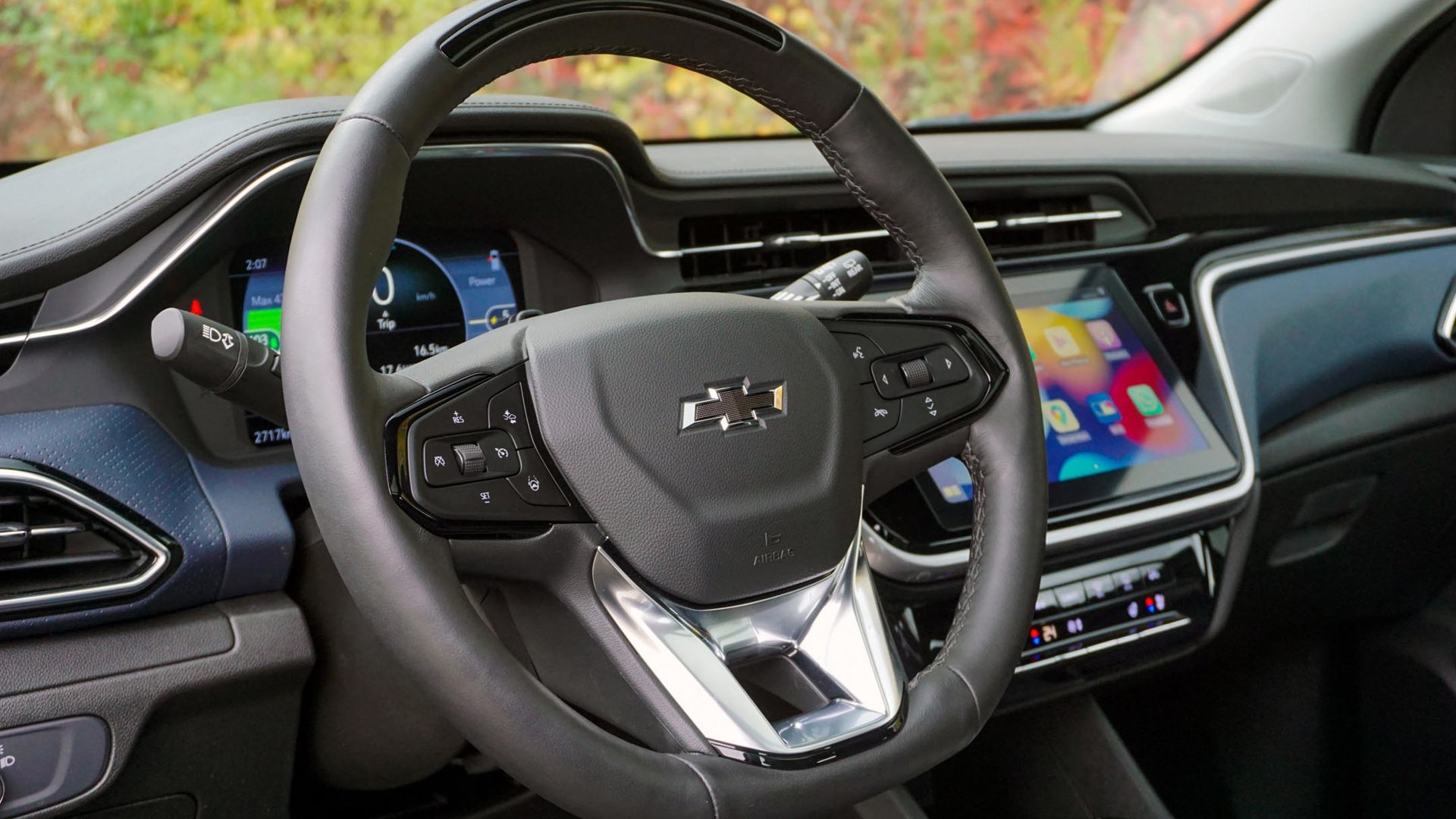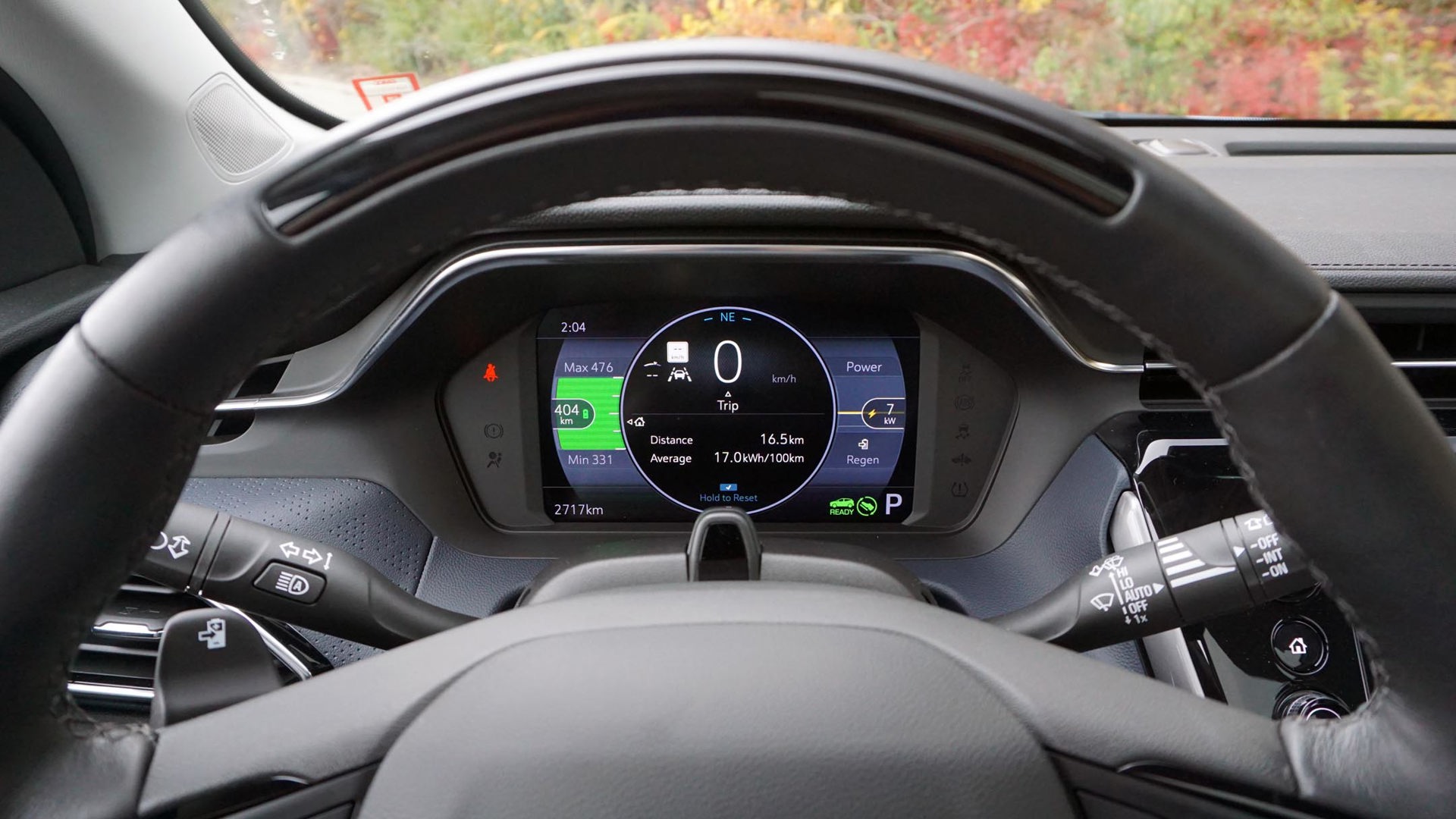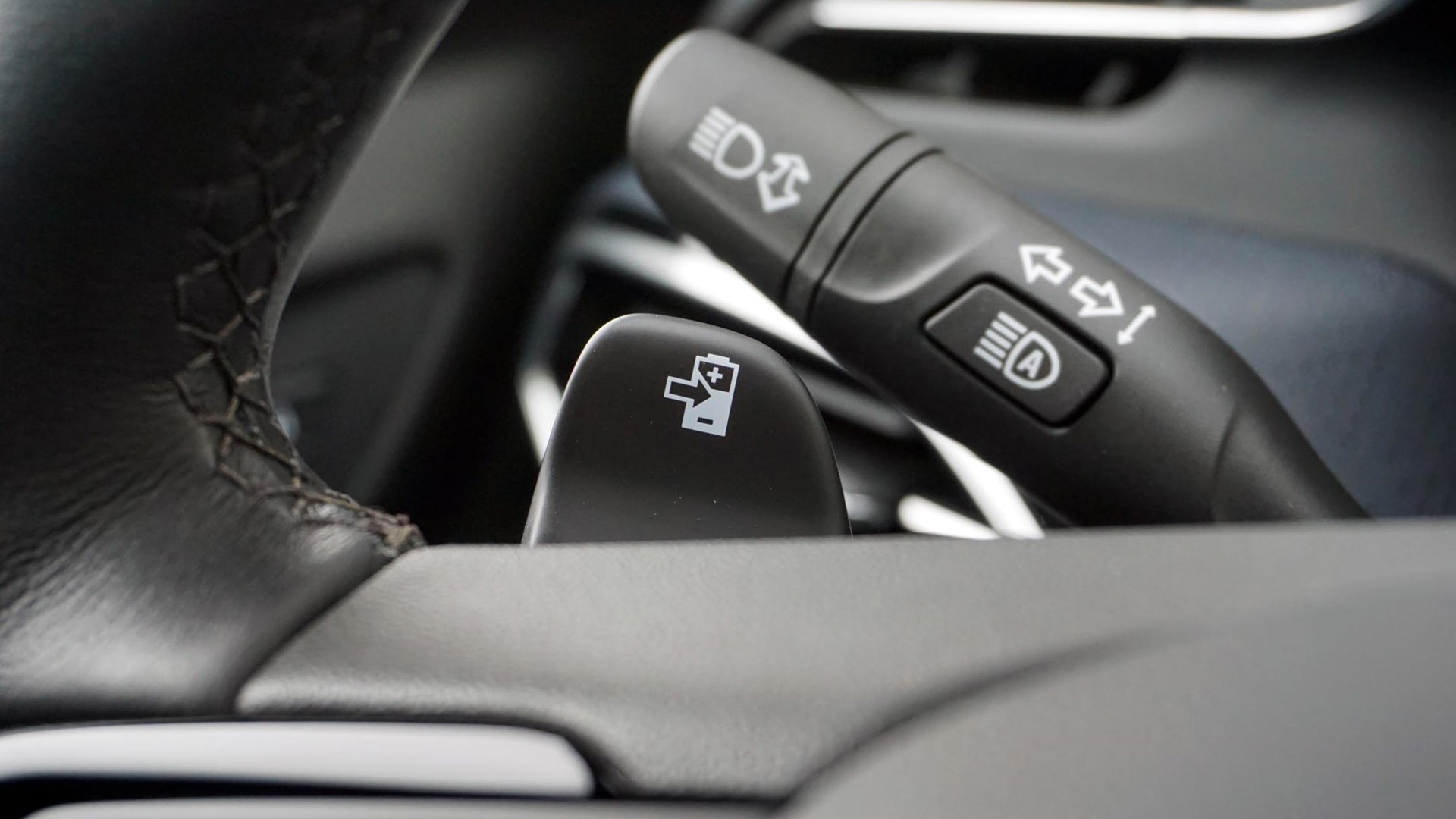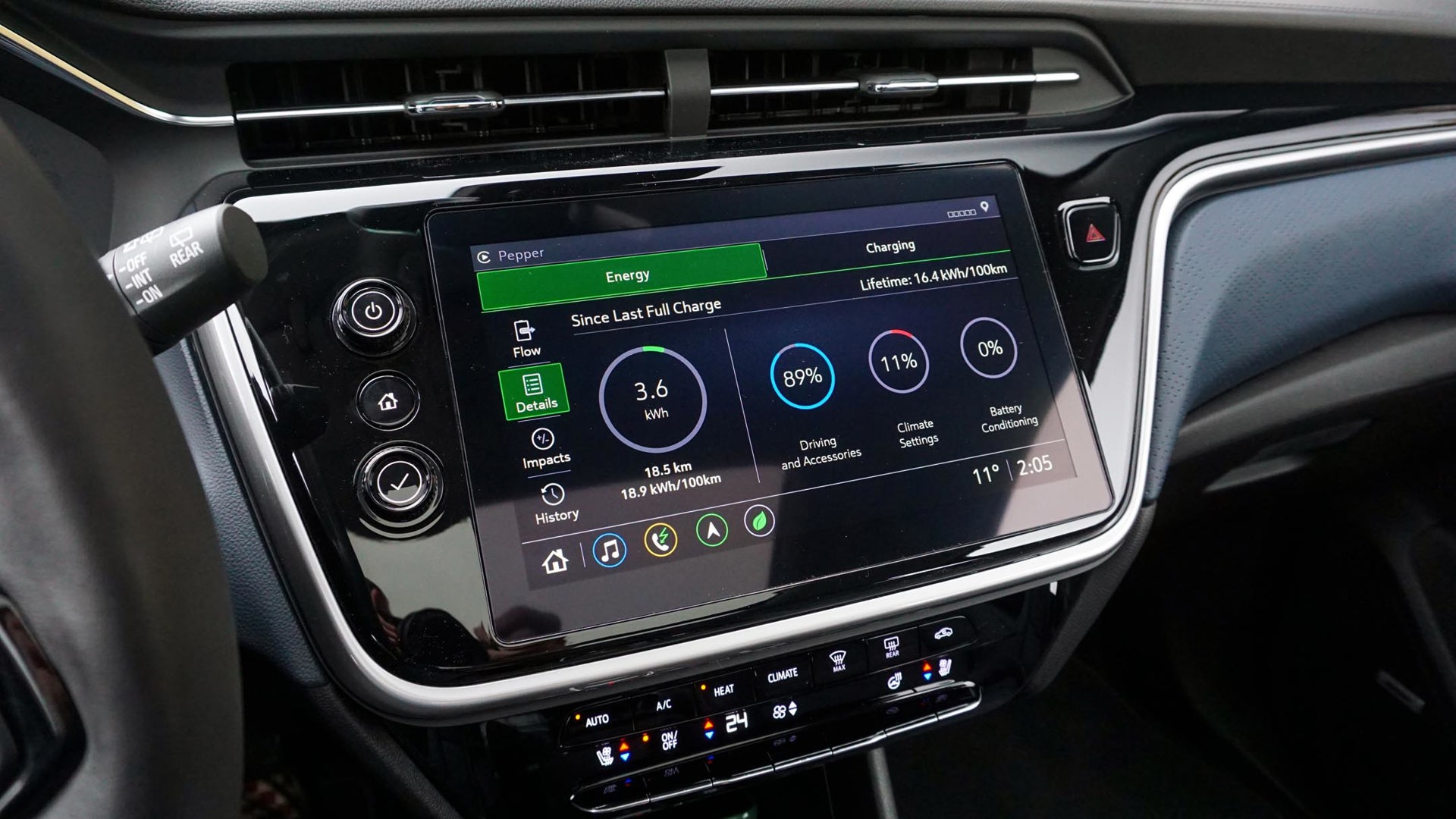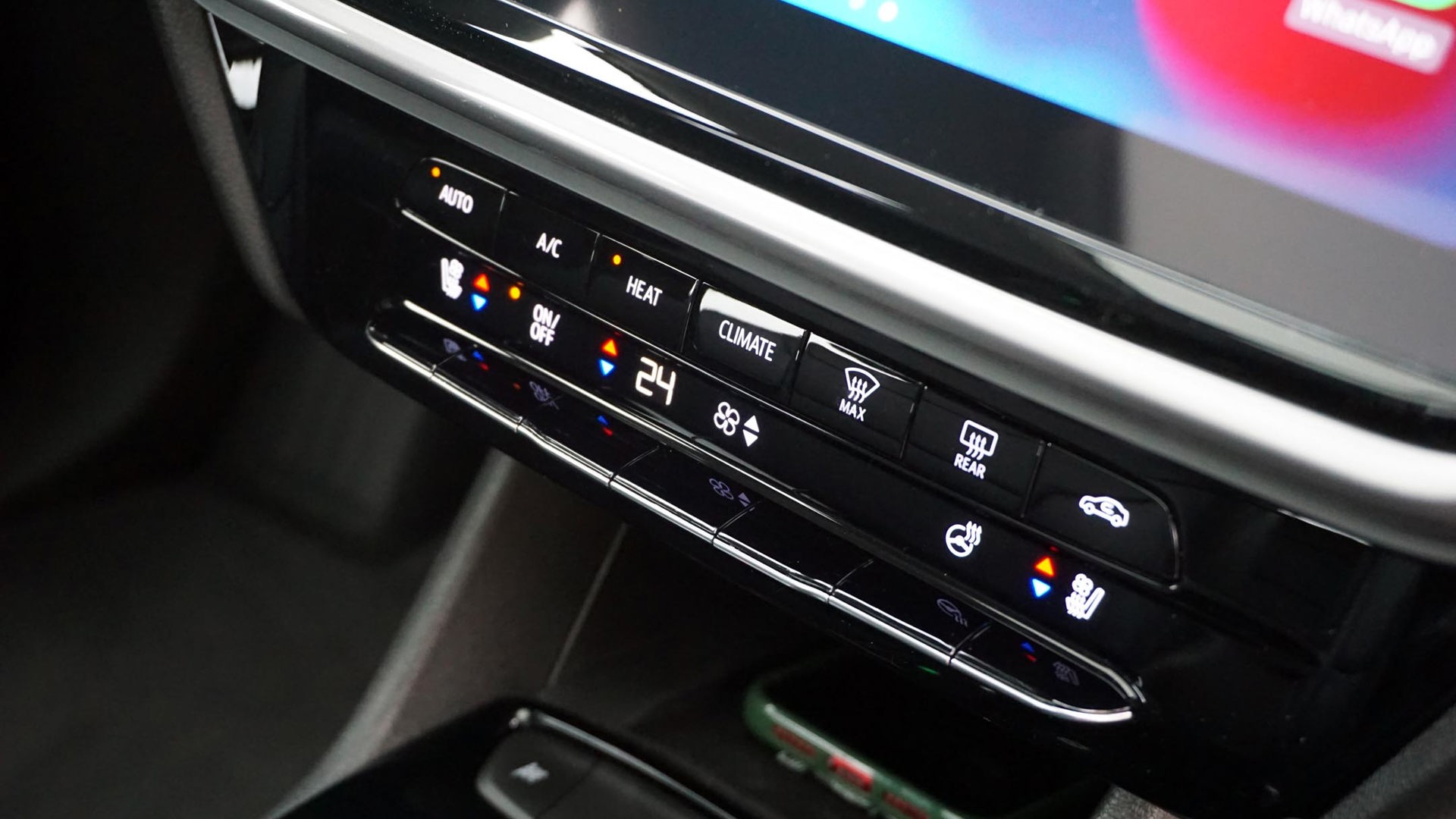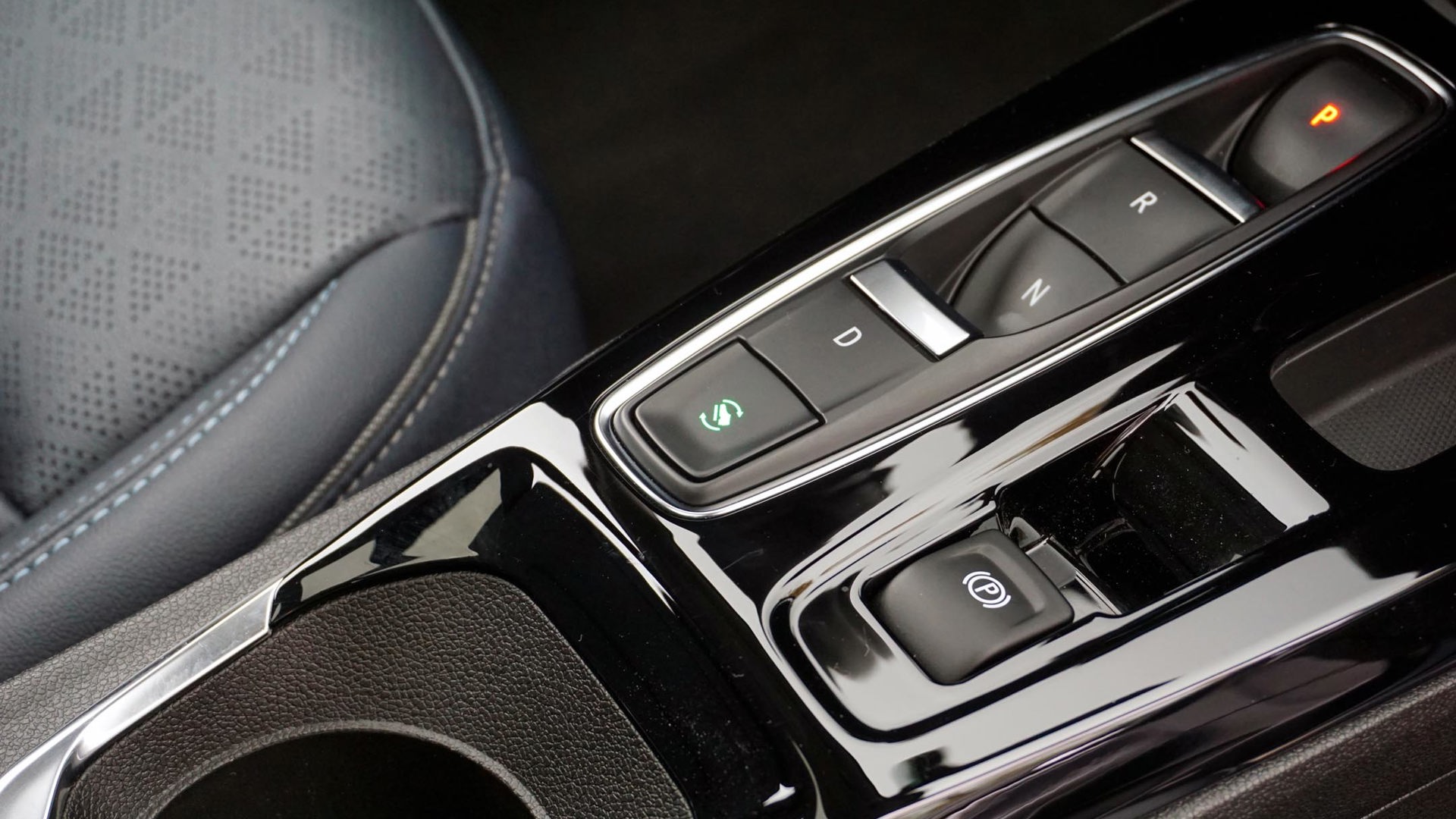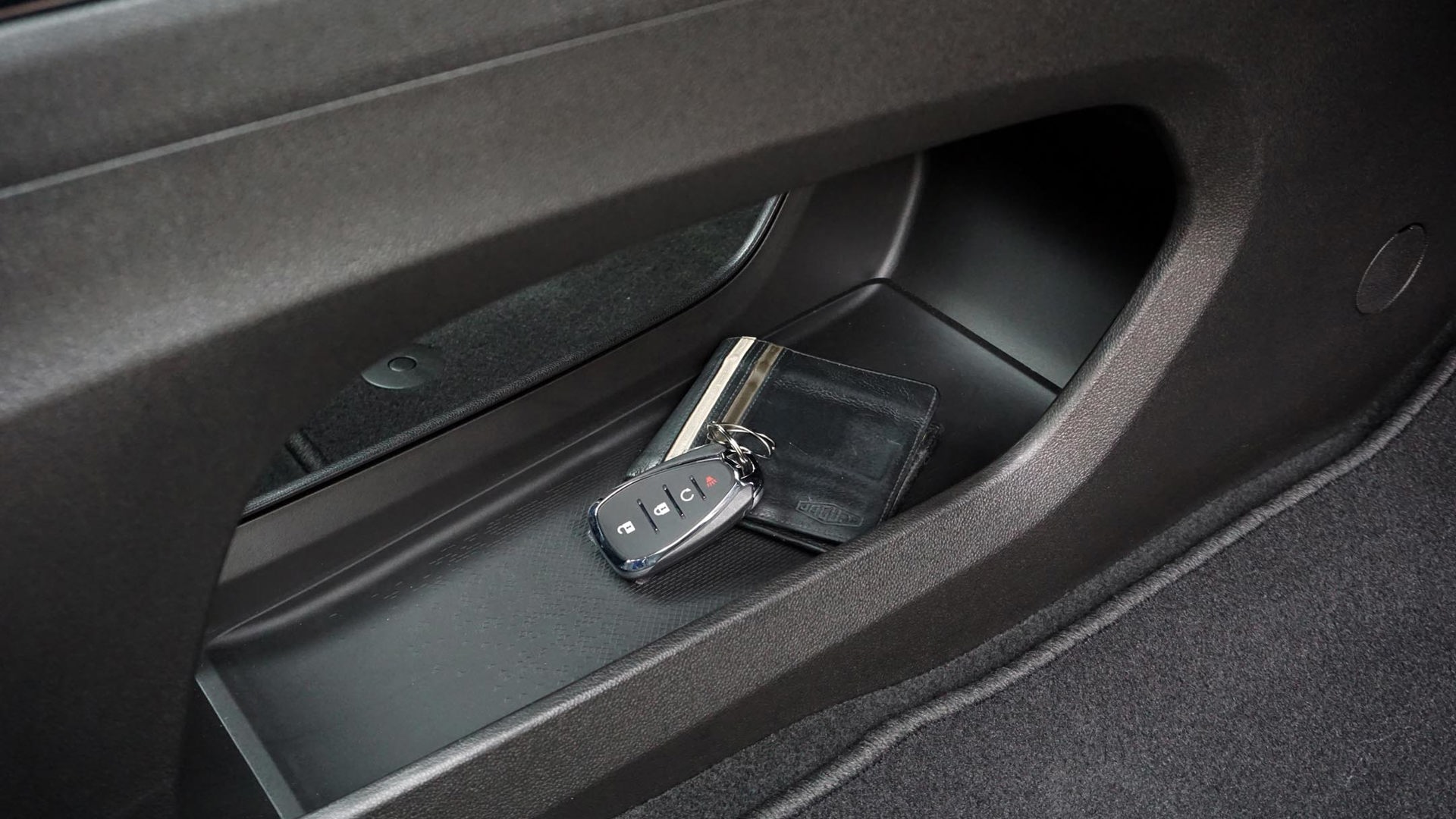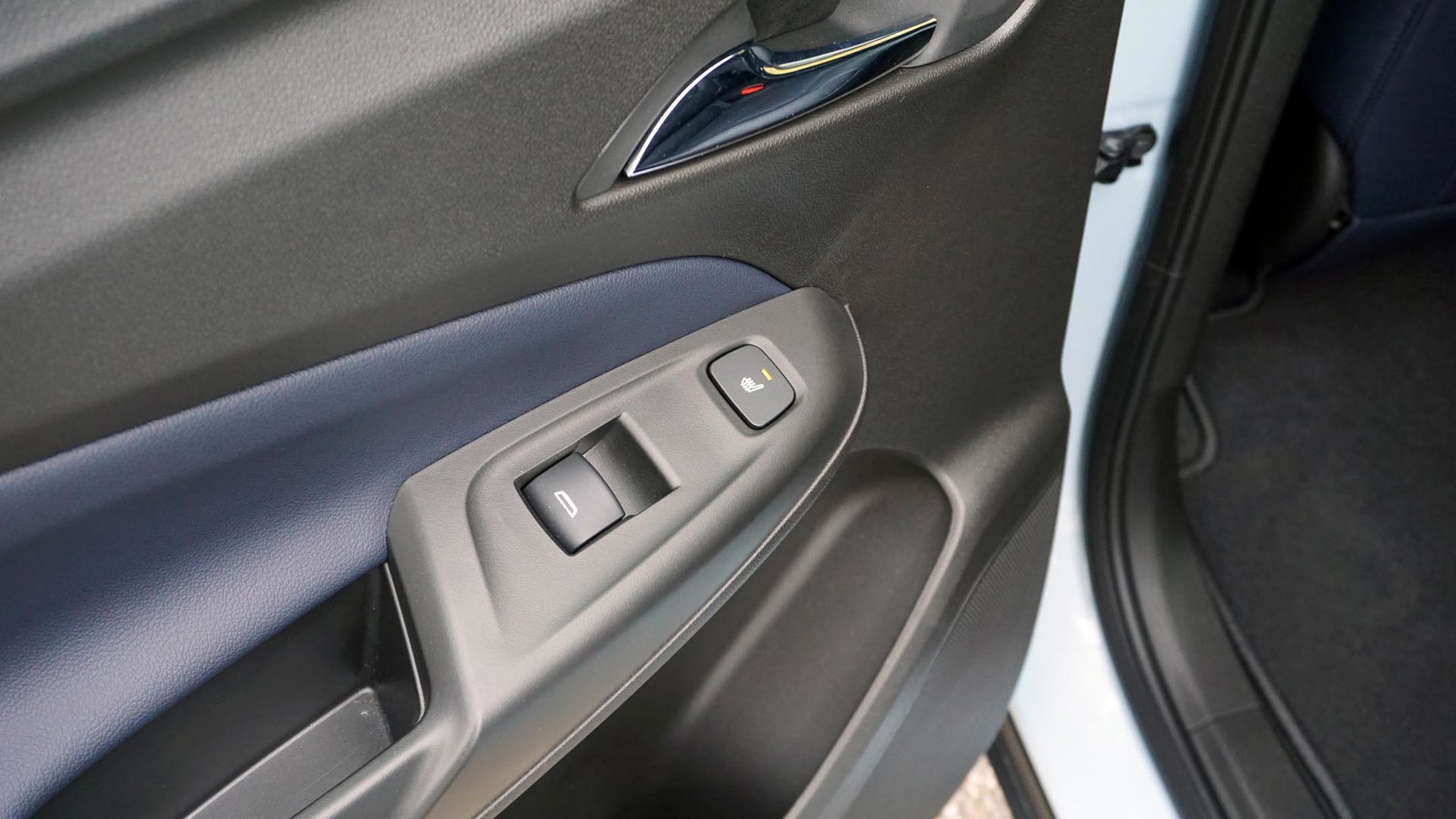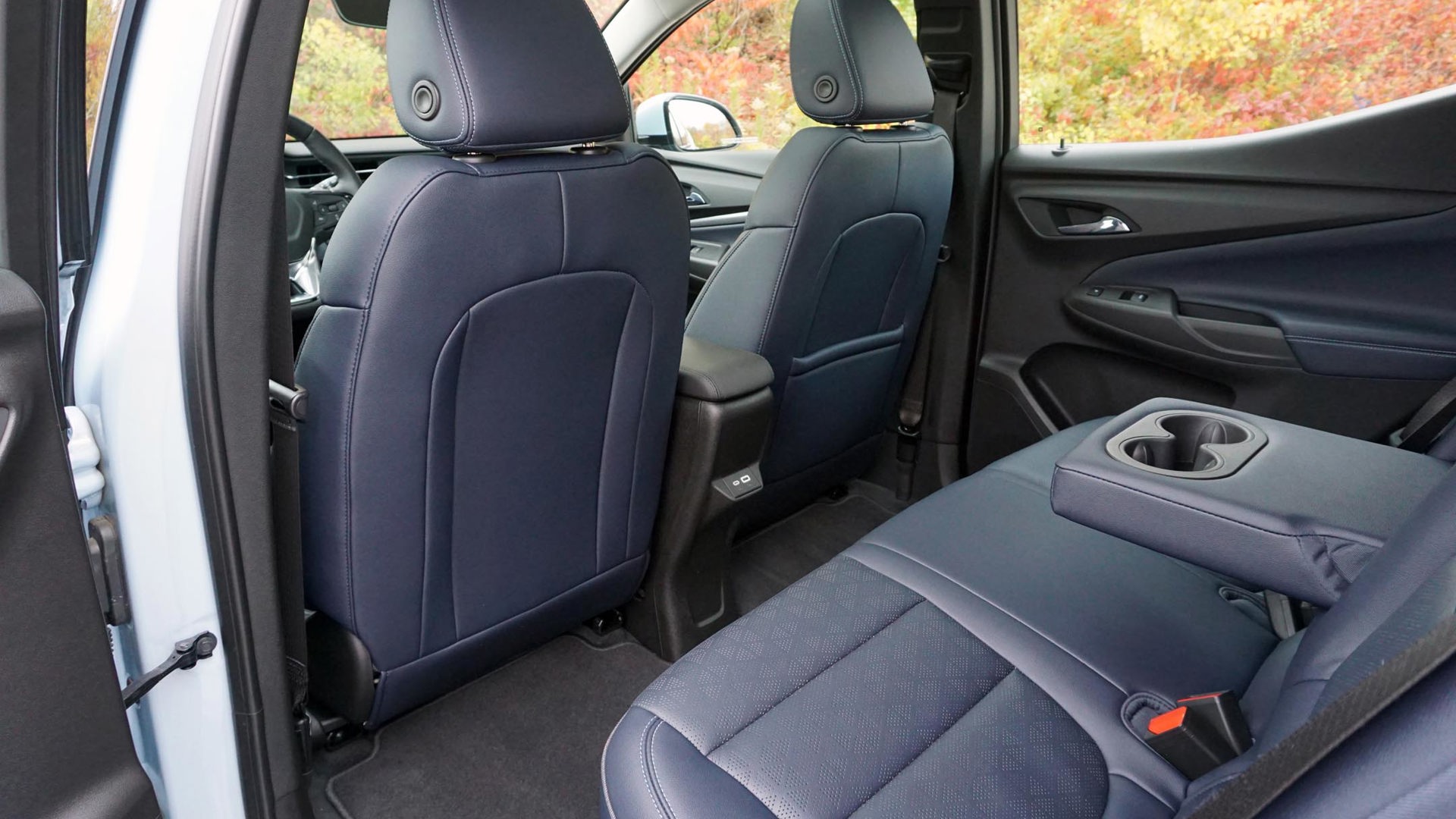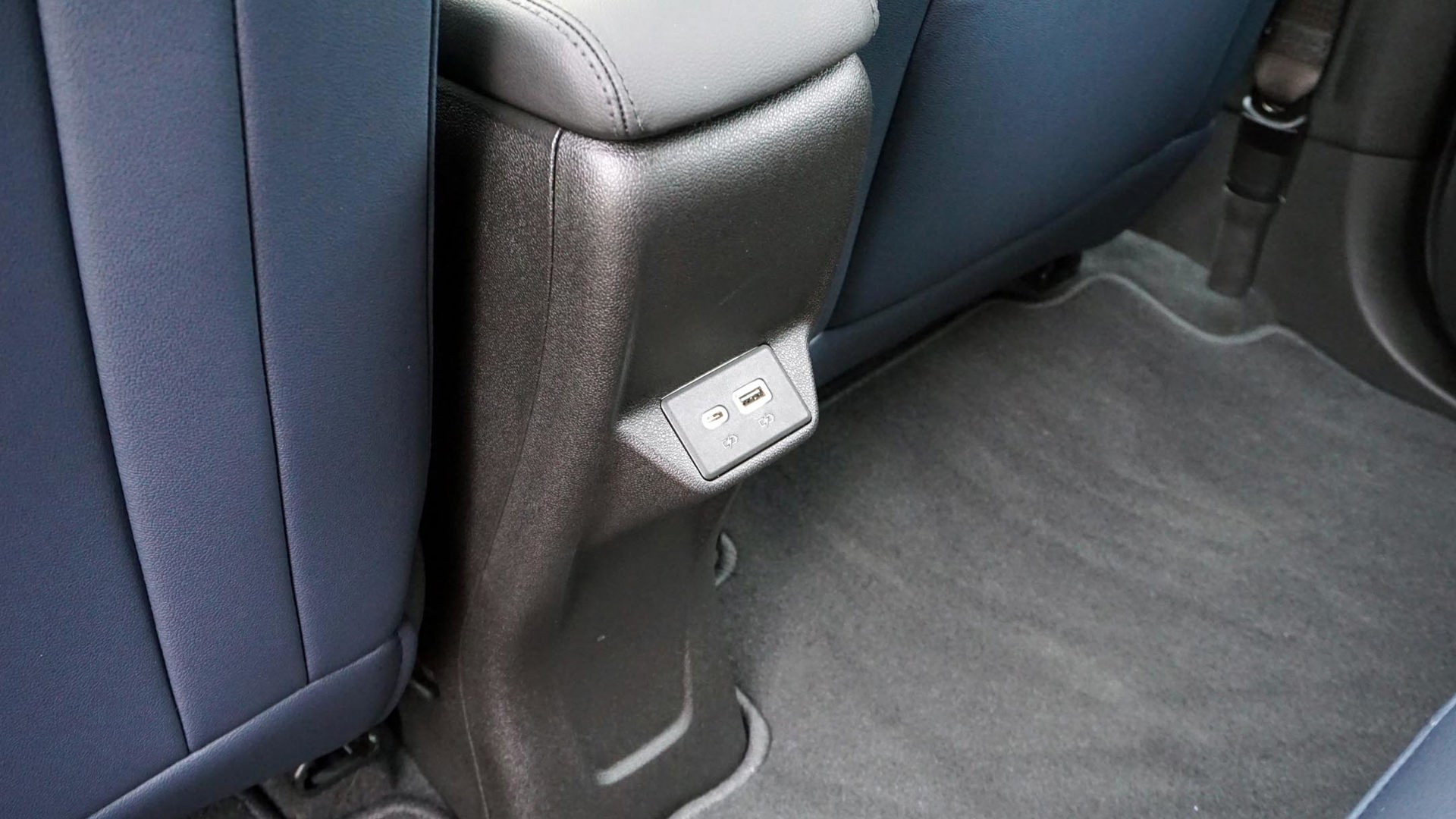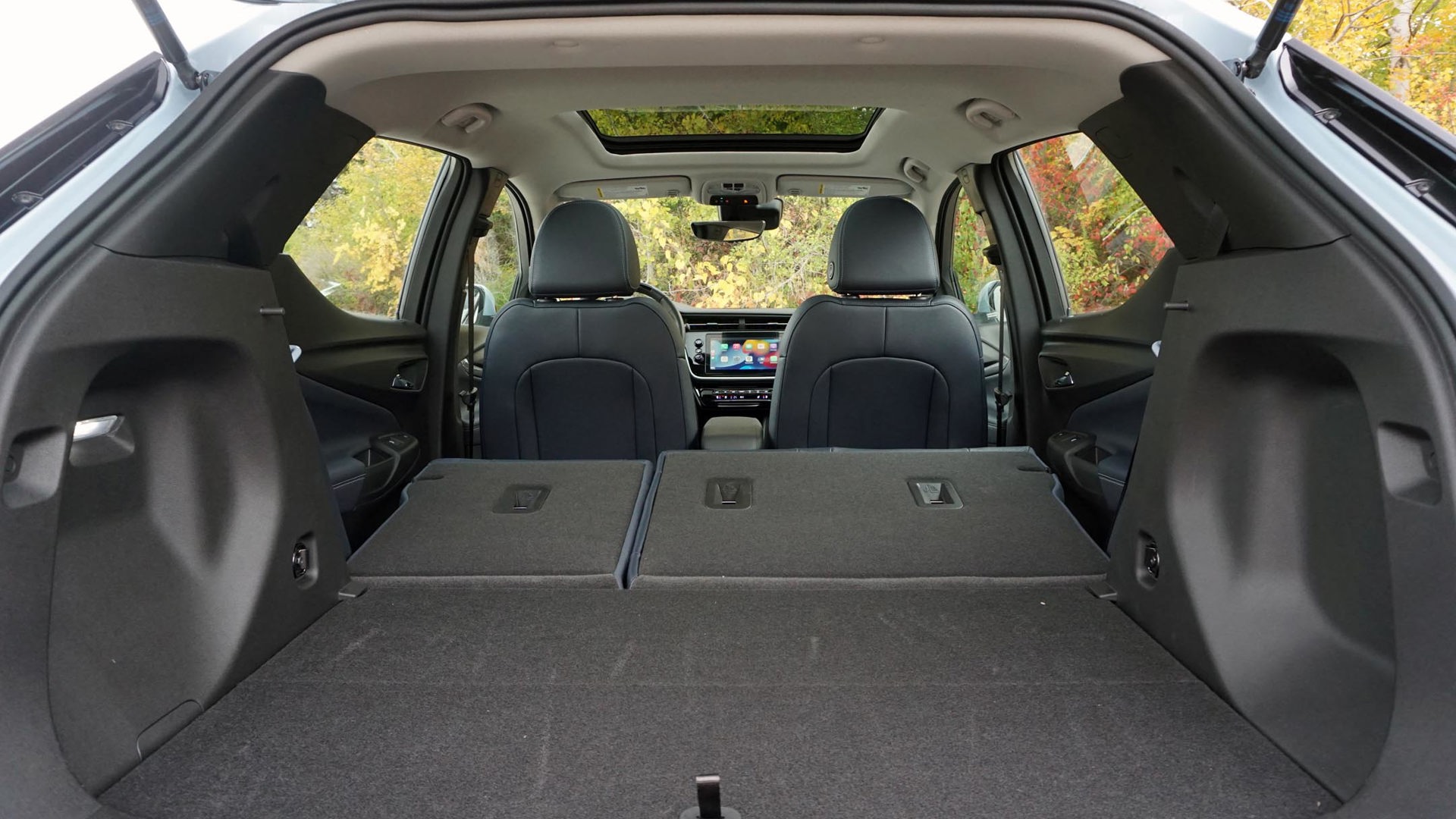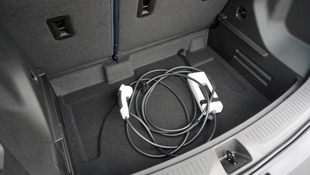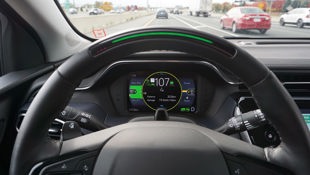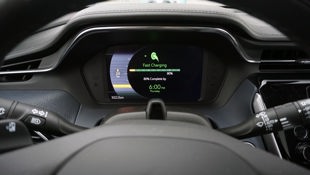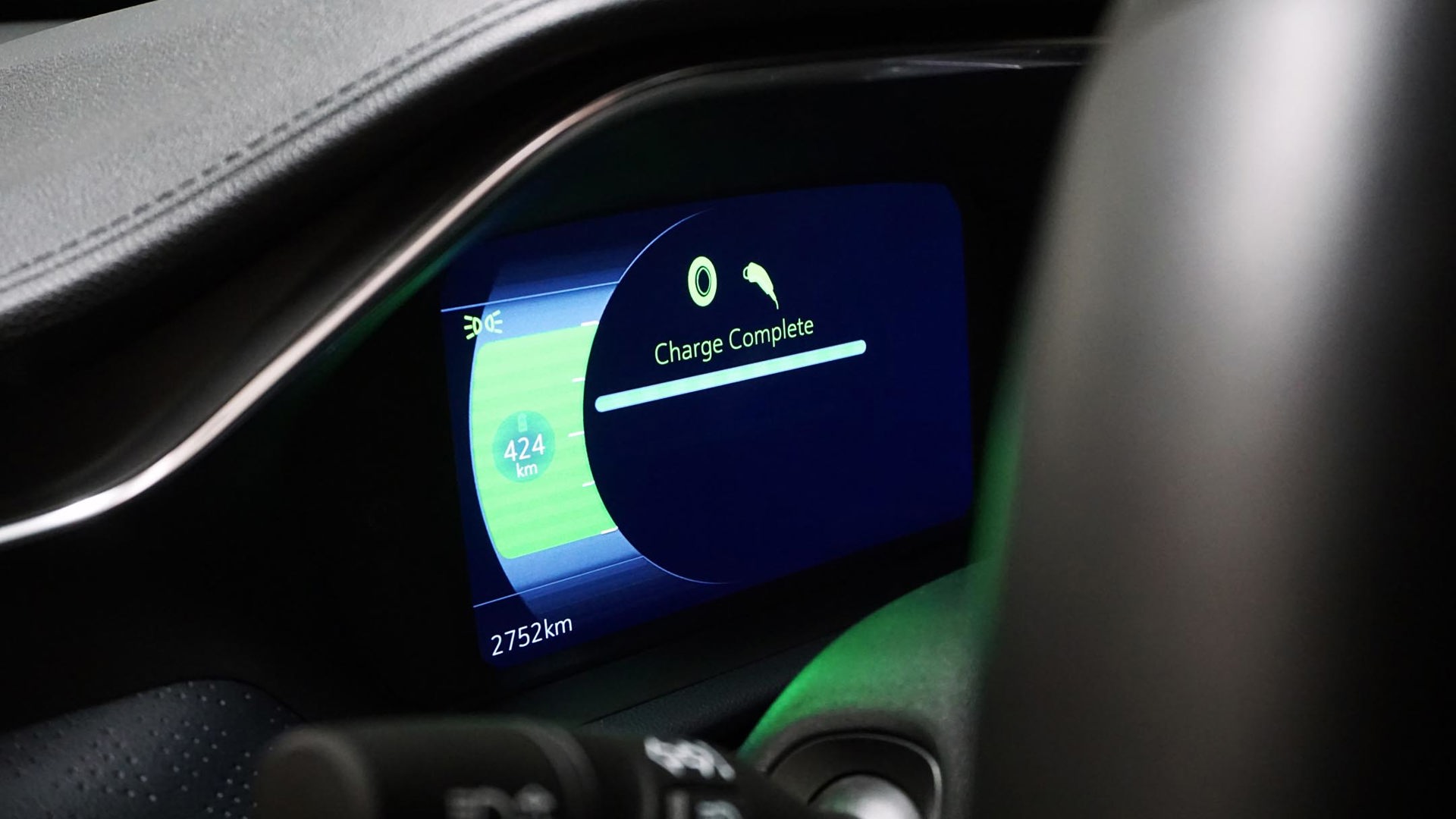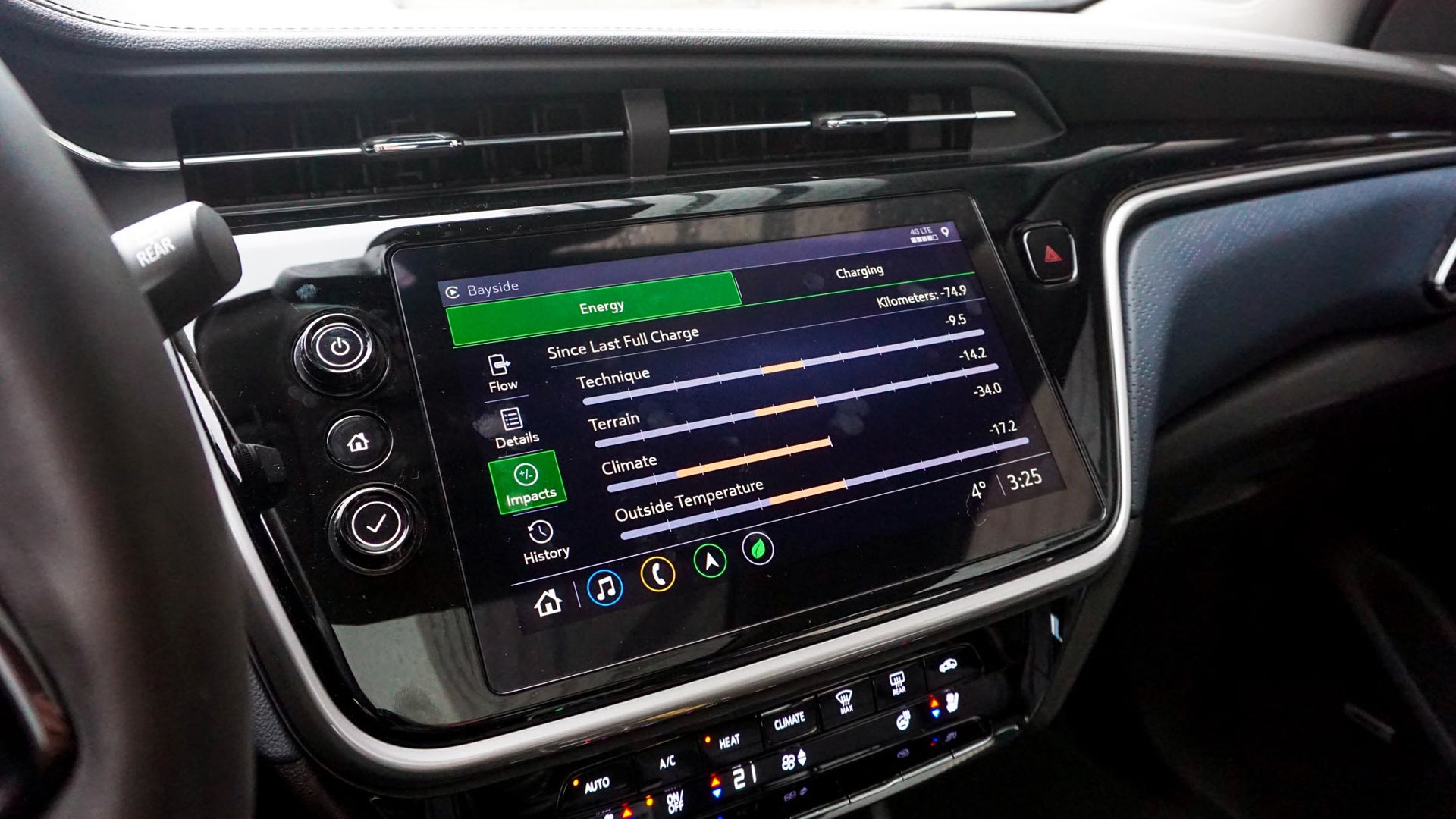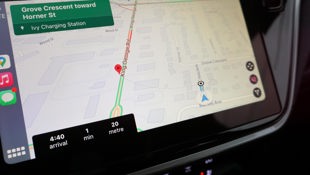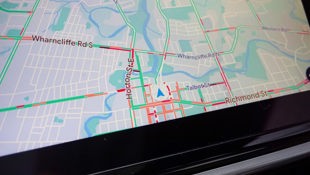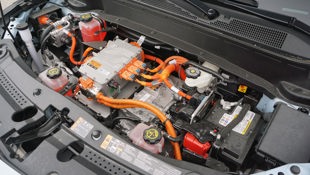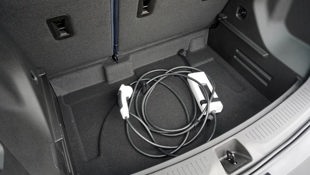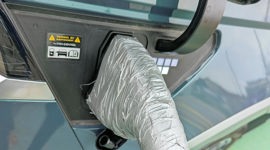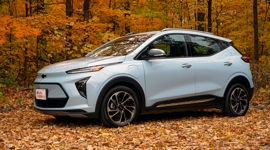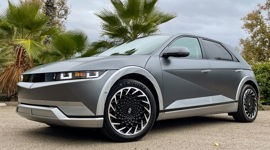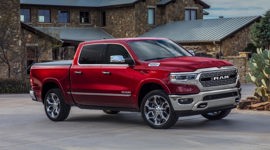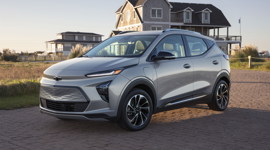I’m not often nervous before hitting the highway, but this time was different.
With my sights set on downtown London, Ont., I was looking at a 175-km journey from door to door. That’s not what had me feeling all kinds of uncomfortable, though – it was the identical return leg that was to blame. In any other car, I wouldn’t give such a drive a second thought; but behind the wheel of the 2022 Chevrolet Bolt EUV, I was feeling the pressure before I even pulled out of my parking garage.
Margin for Error
It’s not as if this battery-electric hatchback lacks the range to accomplish such a mission. With the ability to travel an estimated 397 km on a full charge, there should – in theory, at least – be enough to get there, back, and then some. More than how much ground the Bolt EUV and its 65-kWh battery pack can cover, though, it’s affected by external factors just like any other vehicle. And on this cold and damp day, I decided to hedge my bets.
Just two weeks prior to this test, I covered about 325 km in the all-electric Volkswagen ID.4 and still had 148 km of range remaining – effectively far exceeding the all-wheel-drive version’s official estimate of 410 km. But that was in ideal conditions and, it’s worth adding, on a curated drive route through the Tennessee countryside.
This time, I was trying to cover more distance with a much smaller battery, travelling mostly on the highway, and in weather that was much worse – three factors that would surely hamper my efforts. That’s part of the reason why I opted for this roundtrip to London. At exactly 350 km, the battery would hopefully have enough capacity to offset the impact of the weather, as well as the route itself.
Entirely Opposite Experience
Whereas conventionally powered vehicles – that is, those with internal-combustion engines – burn through more fuel in the city than they do on the highway, the opposite is true of electric ones. Factors like aerodynamic drag mean electric motors have to work harder to maintain constant highway speeds, while the ability to recover kinetic energy reduces efficiency loss around town. So while a run-of-the-mill Toyota Corolla, for instance, is rated to consume 7.9 L/100 km in the city compared to 6.1 on the highway, it’s the city number that’s smaller for electric vehicles (EVs).
In the case of the Bolt EUV, it should run through the battery at a rate of 16.8 kWh/100 km in the city compared to 20.1 out on the open road, according to Natural Resources Canada (NRCan). While both numbers are fairly low, with more than 90 per cent of my total route mapped on highways with triple-digit speed limits, this was bound to be an uphill battle.
A Safety Net
The other reason I chose the route I did was a simple one: I could bail if I had to. I’ve covered the disappointing state of Canada’s EV charging infrastructure in the past, but there would be plenty of potential pit stops if I needed them. Driving along highways 403 and 401 through cities like Mississauga, Oakville, Burlington, Brantford, and Woodstock meant finding an emergency charging station would barely be a detour away. Of course, the goal was to avoid adding such an excursion unless absolutely necessary.
Hitting the Road
Setting out around midday with a full state of charge and an indicated range of 424 km, I was feeling cautiously confident. That number dipped almost immediately – albeit only by four km – as the computer adjusted expectations based on conditions, including temperatures hovering around the freezing mark.
Merging onto the highway, I engaged Super Cruise as soon as it was available. Optional on the top Premier trim tested here, the driver assist system supplements the adaptive cruise control with hands-free functionality. Keep your eyes on the road and it will maintain a safe distance from preceding traffic and keep the car centred within its lane of travel – even through sweeping bends – without driver intervention. While the Bolt EUV’s system lacks the automatic lane-change functionality I experienced firsthand in the Chevrolet Silverado, and it isn’t quite as smooth with its automated inputs, it didn’t take long for me to feel comfortable and confident with the computer at the helm.
In spite of how upbeat I was about the driver-assist technology, the opposite was true of how quickly the car was consuming electrons. Just 20 km into the drive and range had already dropped by nearly twice that amount – anxiety-inducing given how much ground I still had to cover. Graciously, Google Maps recommended a construction-related detour that took me off the highway for no more than about five km, but it was enough to add some peace of mind through kinetic recuperation – not that it boosted the battery by a meaningful amount, but it offered a reprieve from the real-time range estimate that was dropping before my very eyes.
Coming Up Short
That’s the thing about range anxiety: it’s all too real, you just learn to work with it. And so barely a third of the way into the first leg I was already thinking (read: worrying) about how far I was going to make it. I was doing everything in my power to reduce consumption – climate control off, displays dimmed, adaptive cruise control engaged – and yet none of it was enough to delay the inevitable.
With the rain picking up, and the adaptive cruise system shut off as a result, I found the throttle pedal difficult to modulate in order to maintain my desired speed, which only made my real-time consumption rates worse. Even without much of a headwind to contend with, constant pedal pressure adjustments were required just to keep the speedometer as close to constant as possible.
Doing my best to stay around 110 km/h, consumption fluctuated between 26 and 28 kW, while range continued to drop at nearly double the distance travelled; at 120 km/h, that increased to around 36 kW. And so it went the rest of the way to London, where I arrived with an optimistic 134 km of range remaining compared to the same 175-km trip home.
Planning for the worst, I used Google Maps to call up a charger in Brantford some 92 km away. Given how the day was going to this point, I figured at the very worst, I’d have the option to bail out early in Woodstock if needed. And while I made it to the Telephone City without issue – and with 27 km to spare, I should add – the navigation system that I’ve long praised as superior to those employed by automakers decided a sadistic joke was in order.
Pulling off the highway, I soon discovered that Google’s algorithm was suggesting I park on a nearby residential street and cut through a private backyard to cover the last 200 hundred metres to the charger on foot – as if I could simply bring a bucket of electrons back to the car. (For what it’s worth, Chevy’s built-in nav had the directions down pat.)
And so a couple kilometres later, the Bolt EUV was drawing power from a DC fast charger. But while more modern EVs, including the Kia EV6 and Hyundai Ioniq 5, are capable of charging at rapid rates, the Bolt EUV maxes out at about 55 kW. That meant a projected 75 minutes or so to hit an 80 per cent state of charge.
Final Thoughts
With the gods of fate finally smiling upon me, the banner on the Red Lobster directly across the road proudly proclaimed that it was endless shrimp season. And so I pondered my ordeal over plates of pasta and plenty of breaded and broiled crustaceans.
Maybe an experienced EV owner would tell you my undertaking was nothing to worry about, but then reality proved otherwise. And while the very nature of this test wasn’t exactly in the Bolt EUV’s favour to begin with, that’s sort of the whole point. Nothing I did this day – driving mostly on the highway and in near-freezing temperatures – was out of the ordinary for the average Canadian.
In fairness, it’s likely that most EVs would suffer the same fate, although the limited charging capacity – and the extended stops that result – isn’t as widespread. It also does nothing to change the fact that the 2022 Bolt EUV is an impressive vehicle otherwise. With features and affordability in its favour, this little electric Chevy is an excellent urban runabout. But beware the risk of highway driving, and the range anxiety that comes with it.

